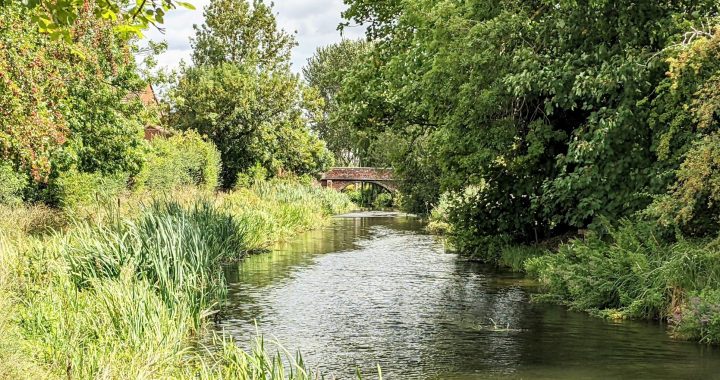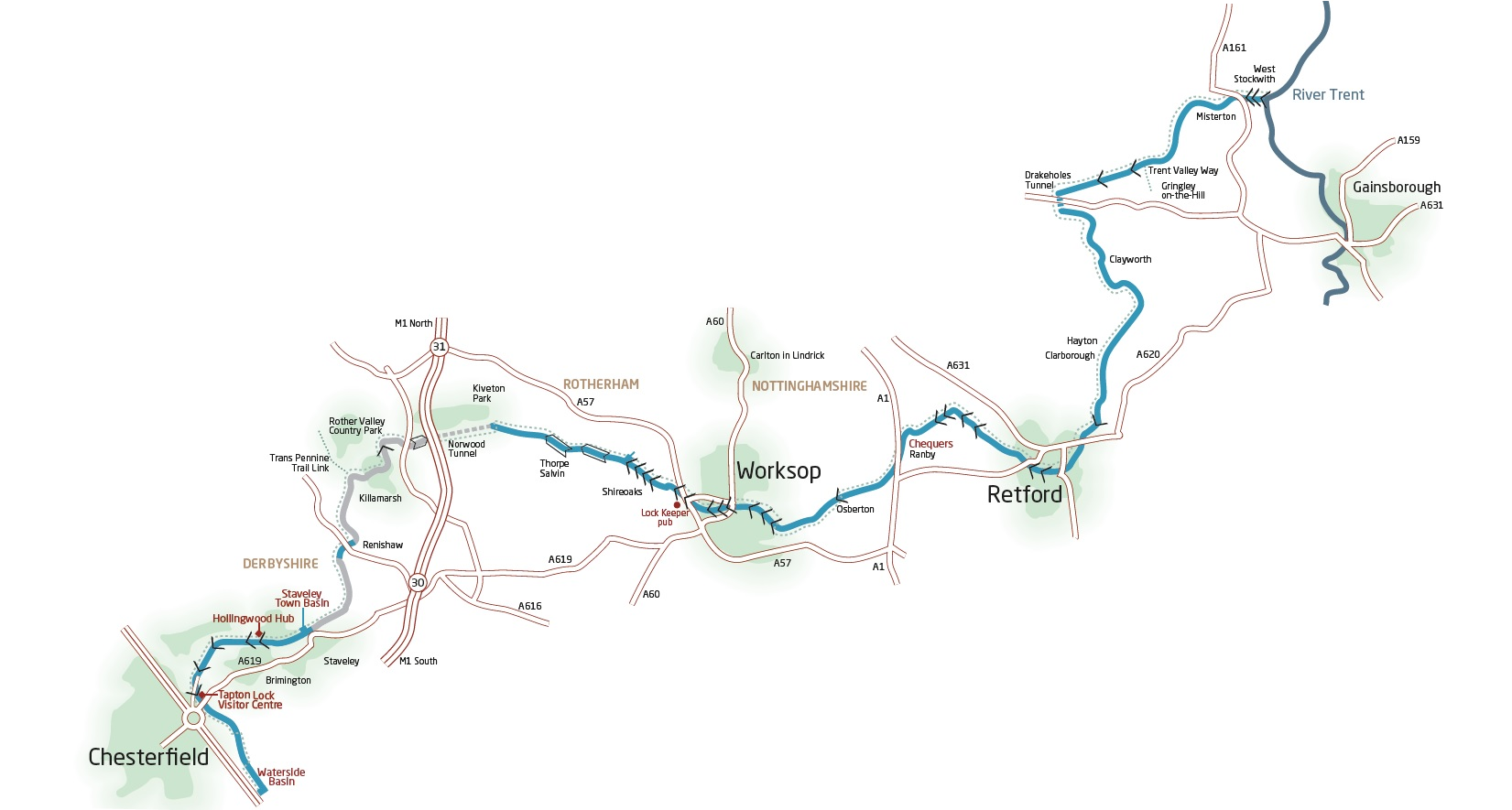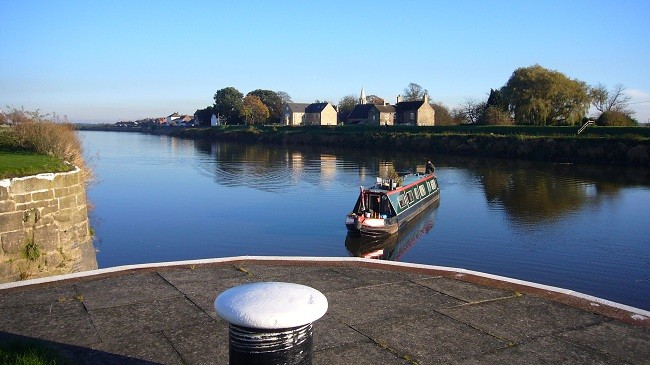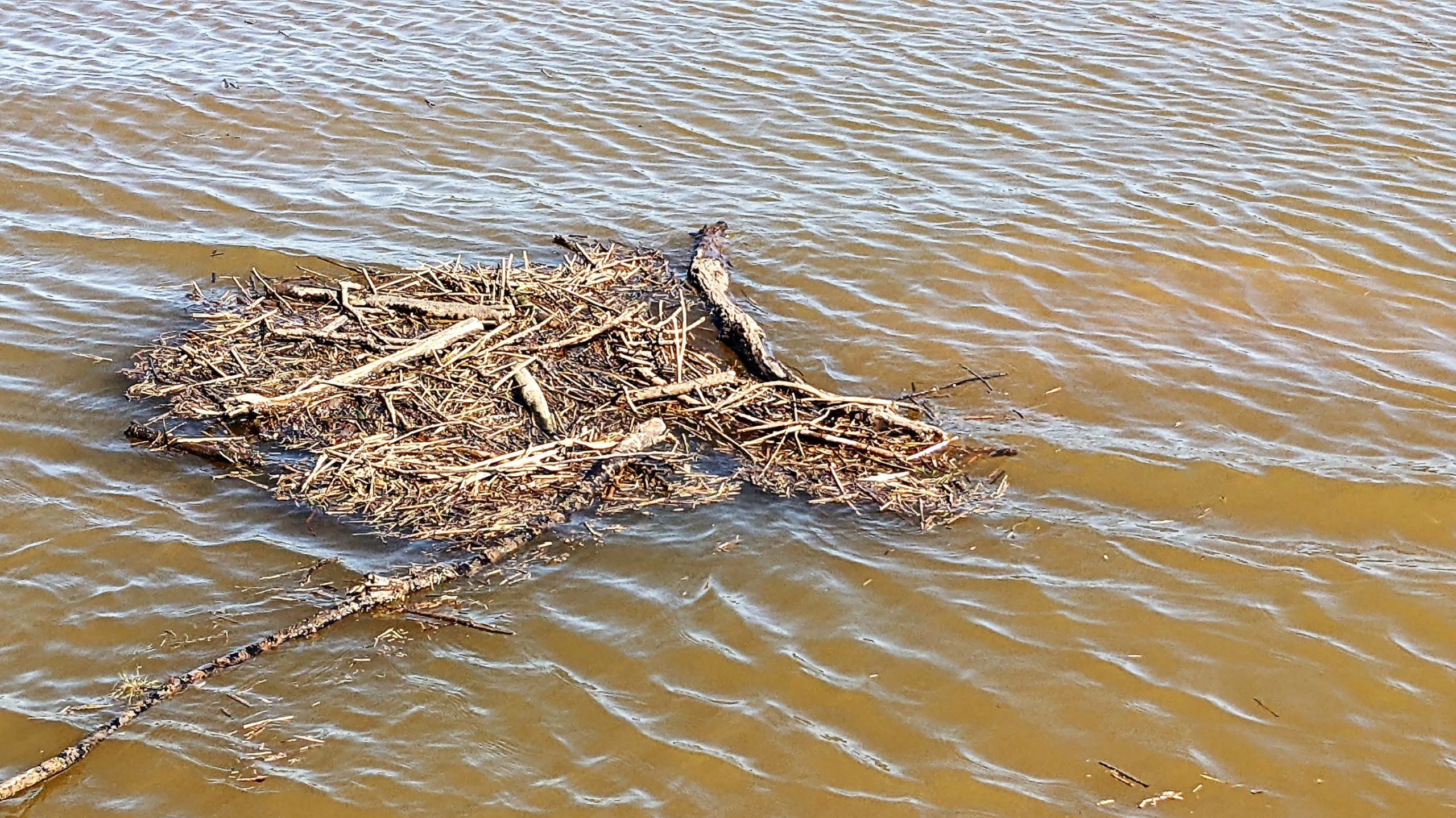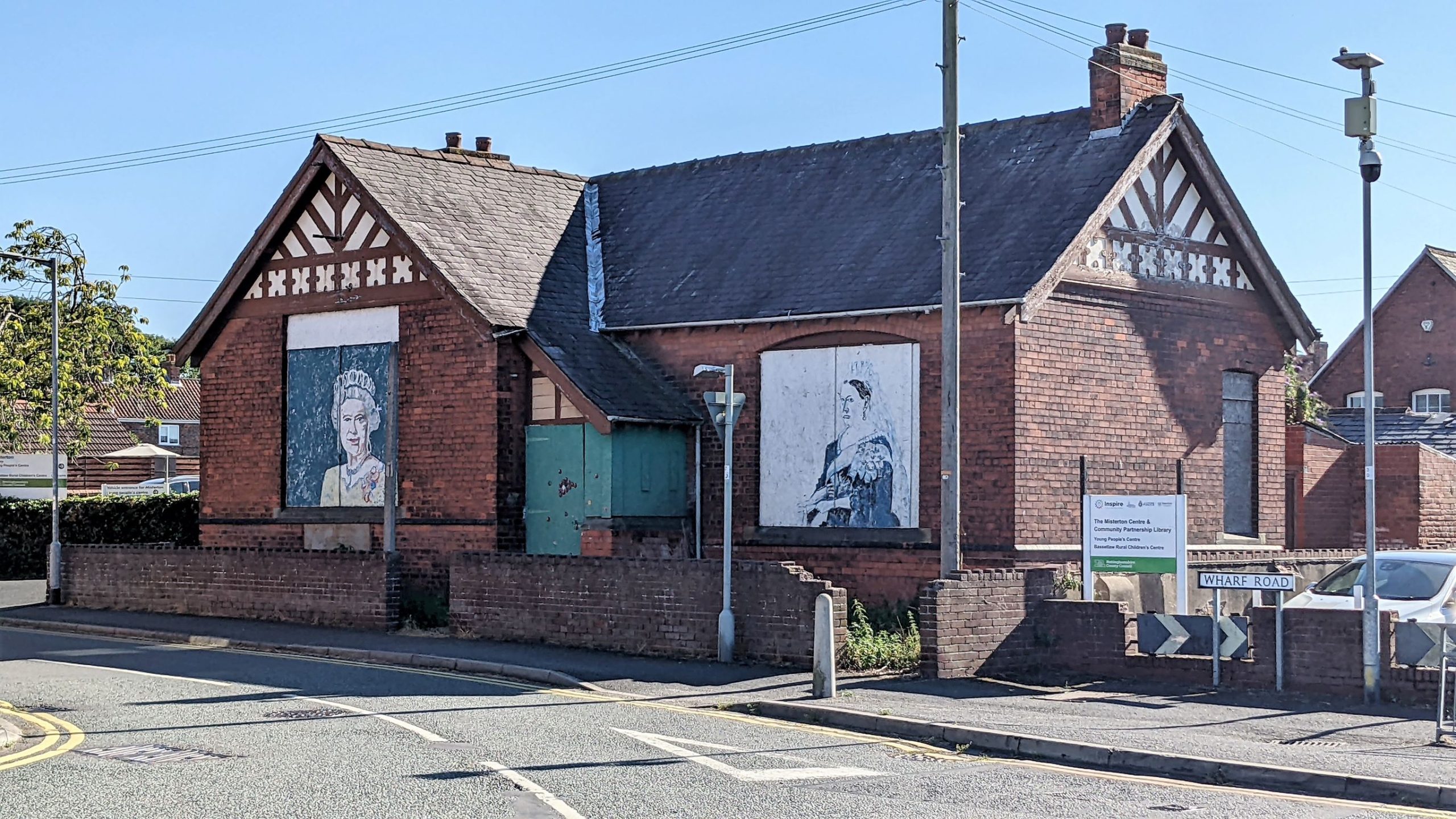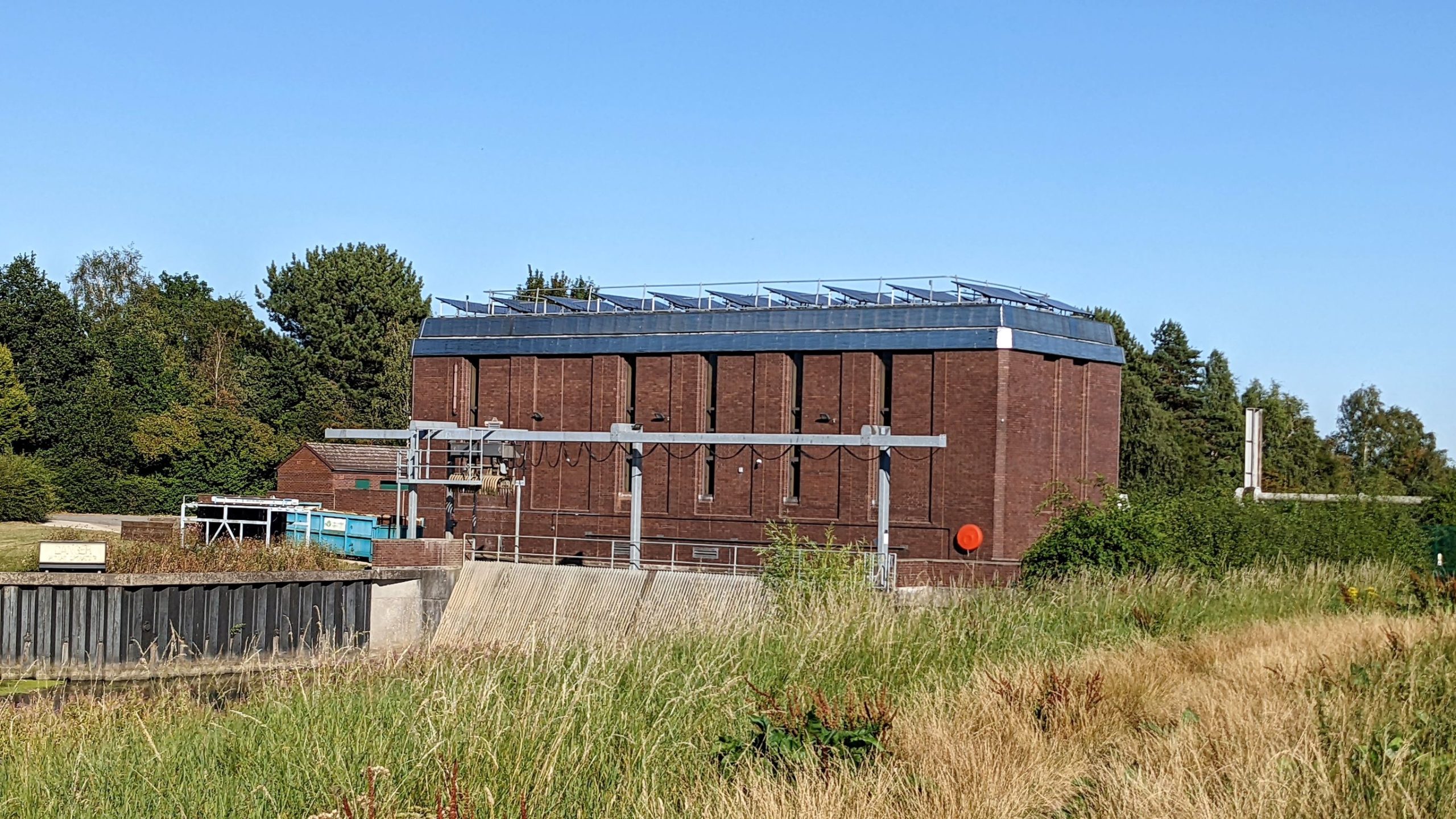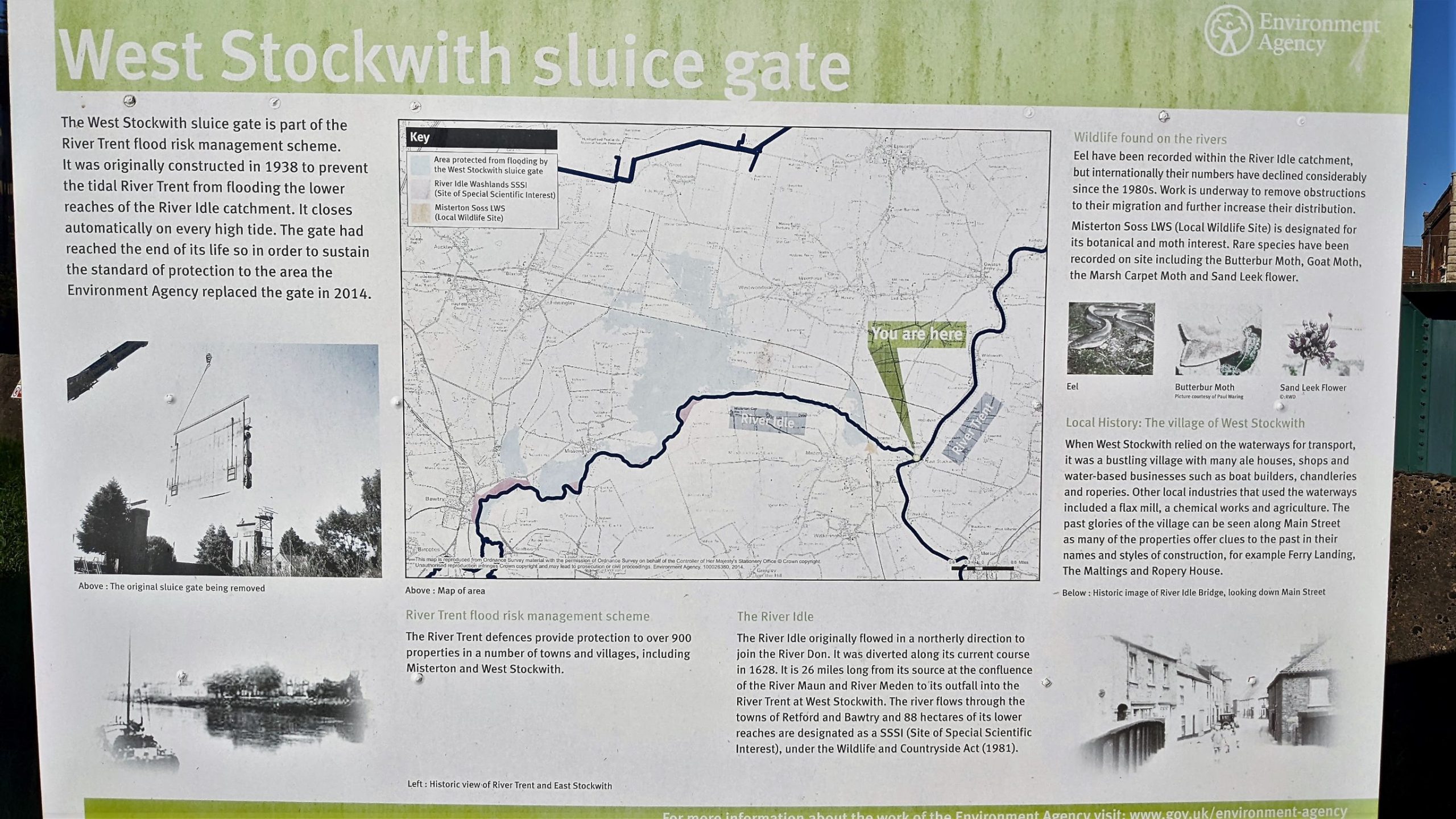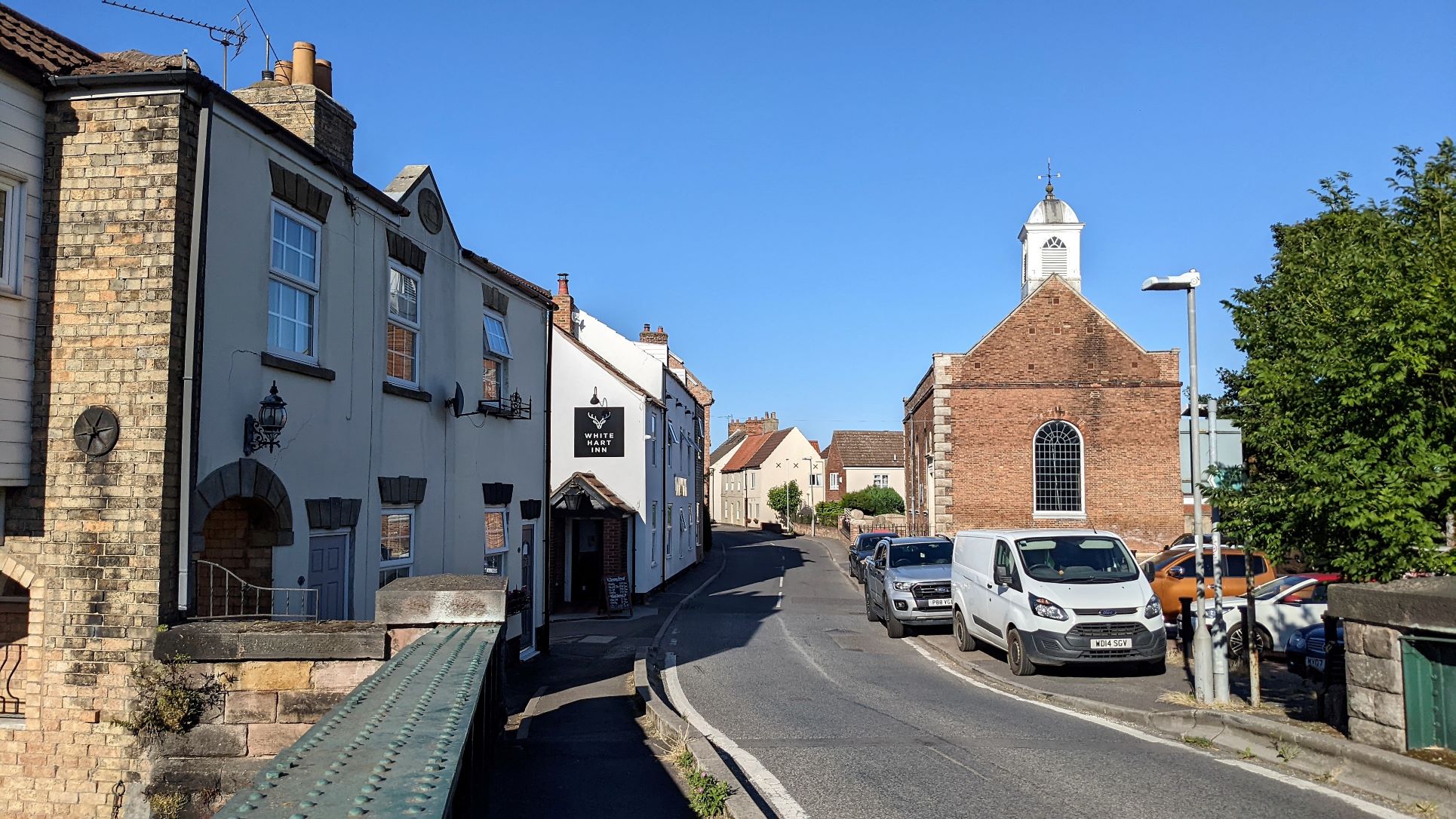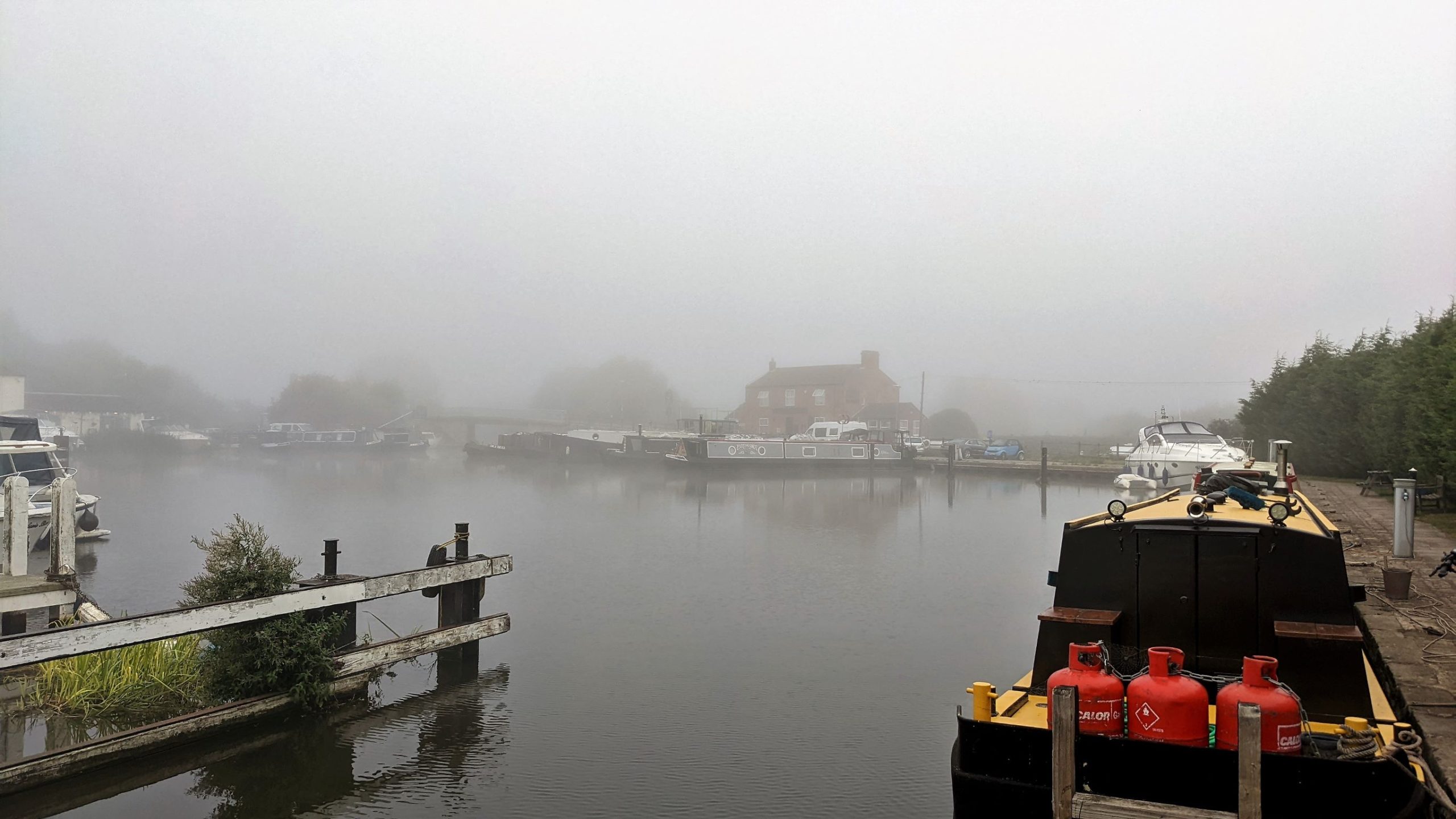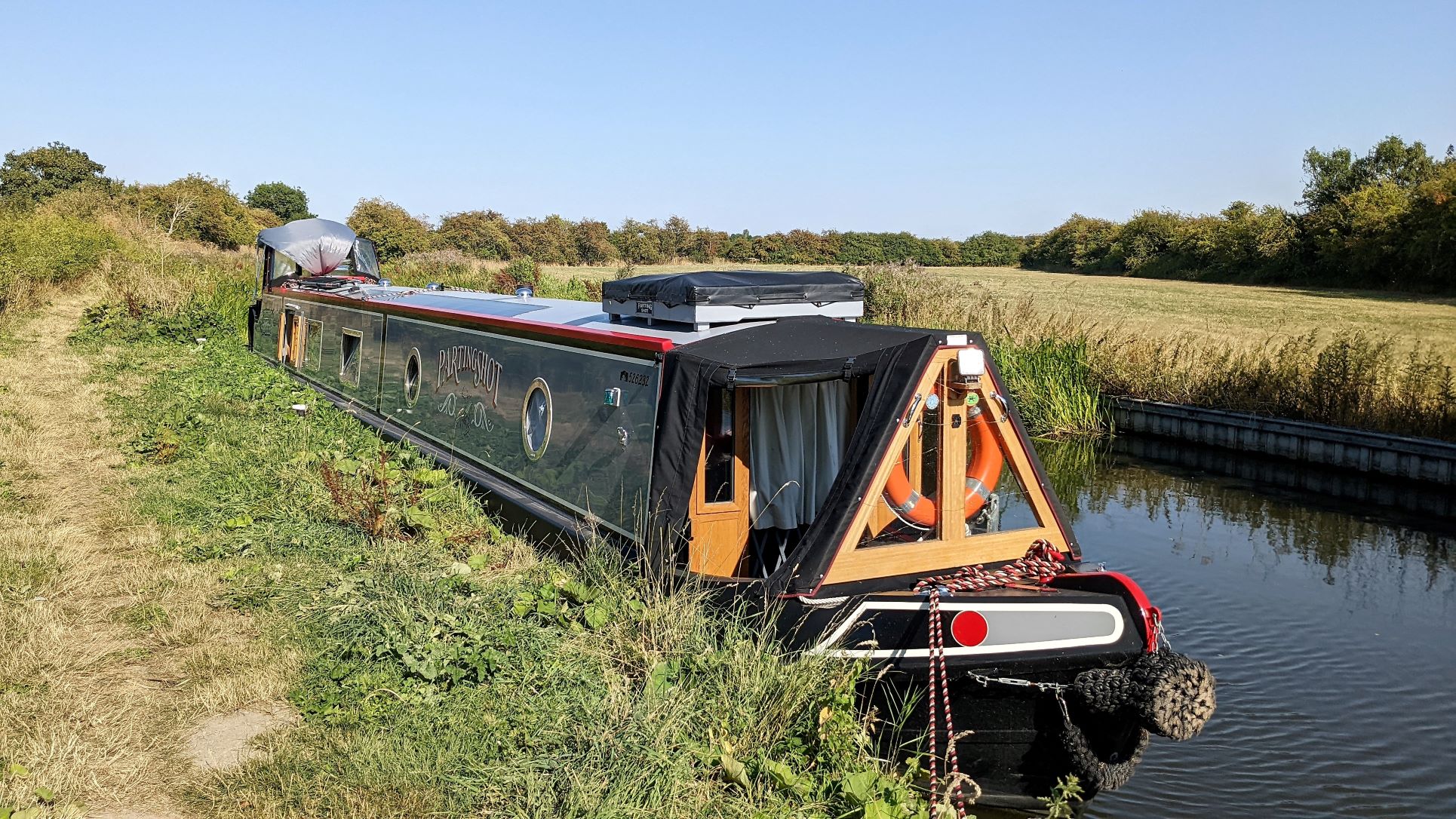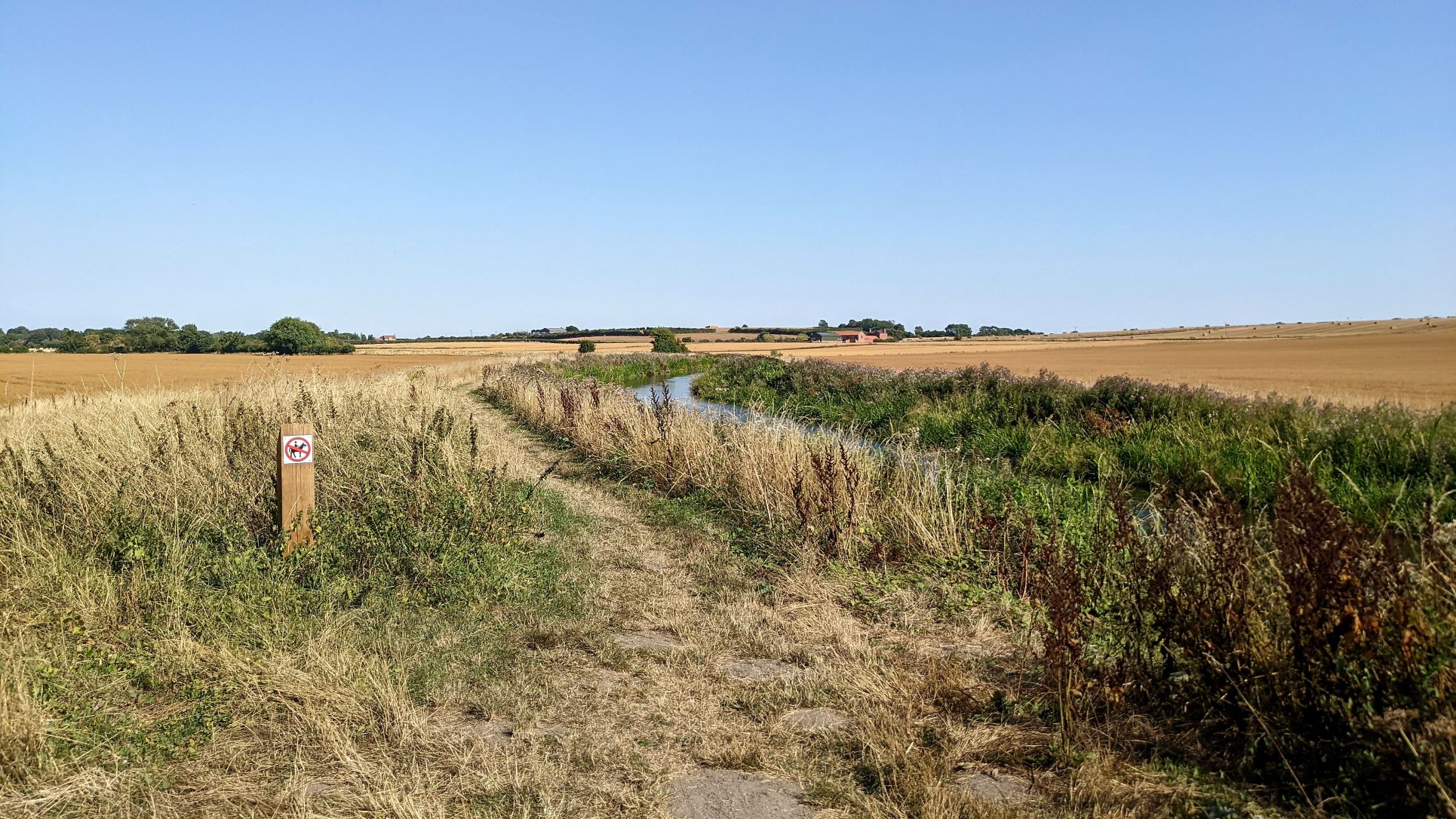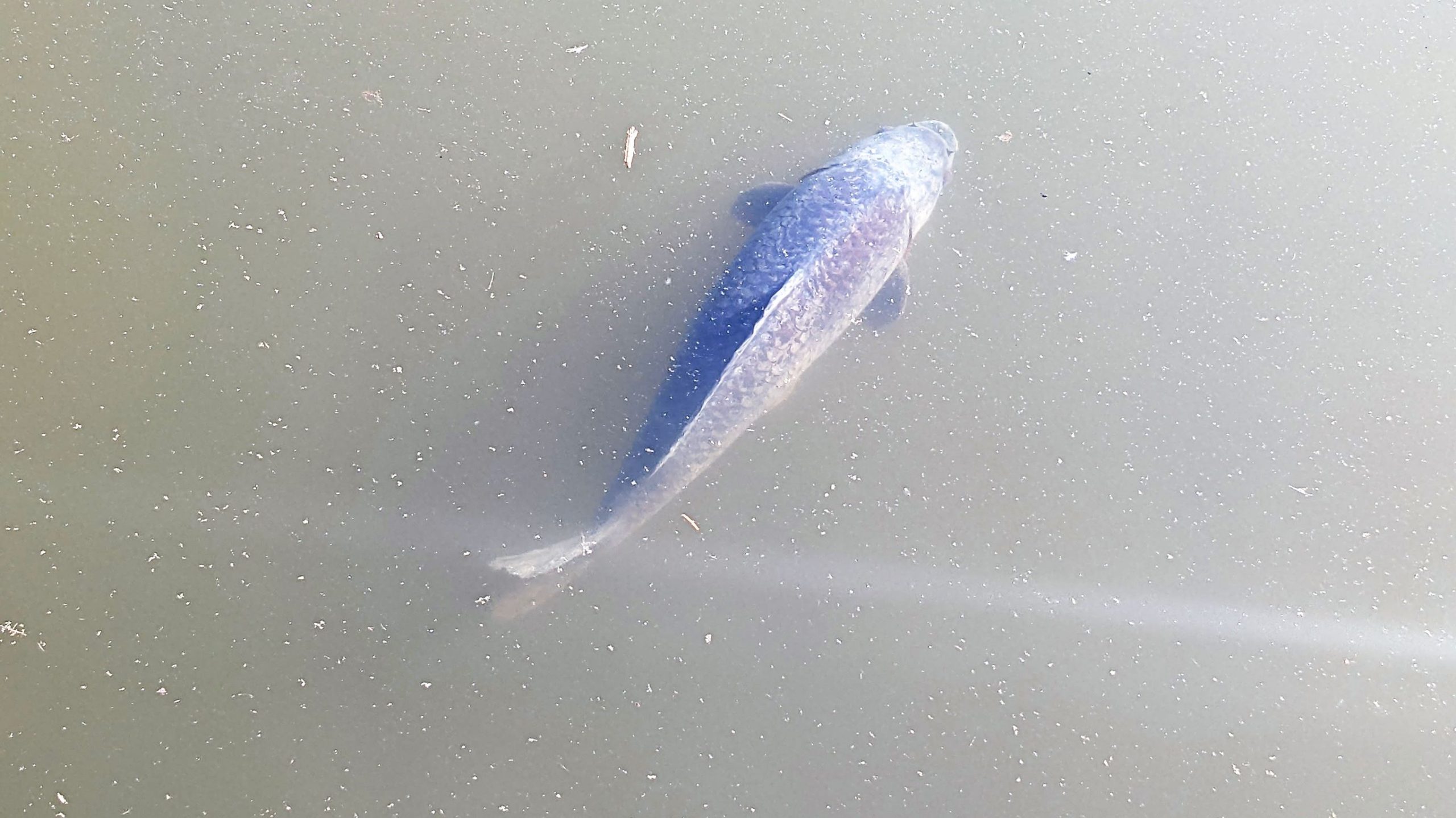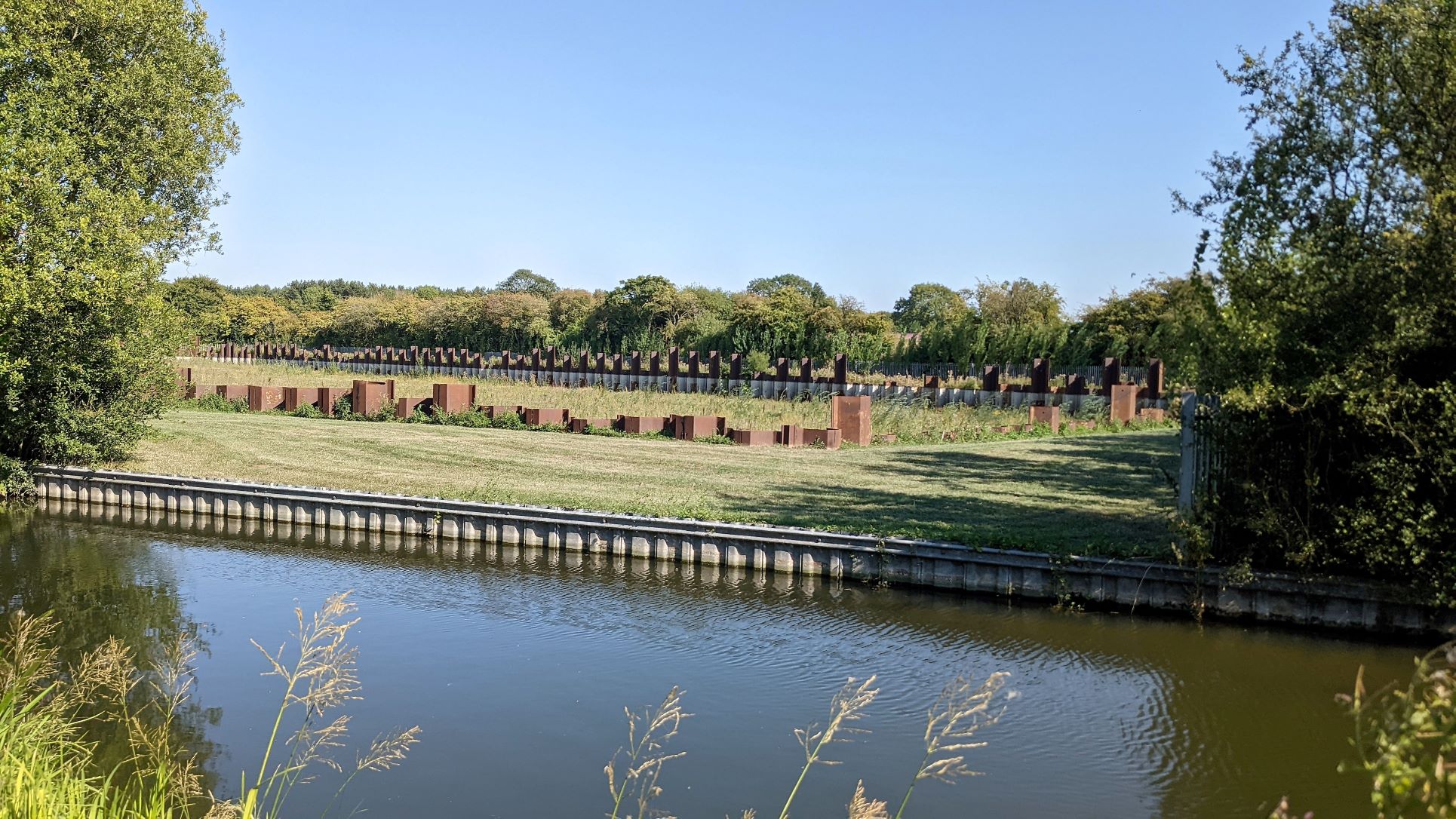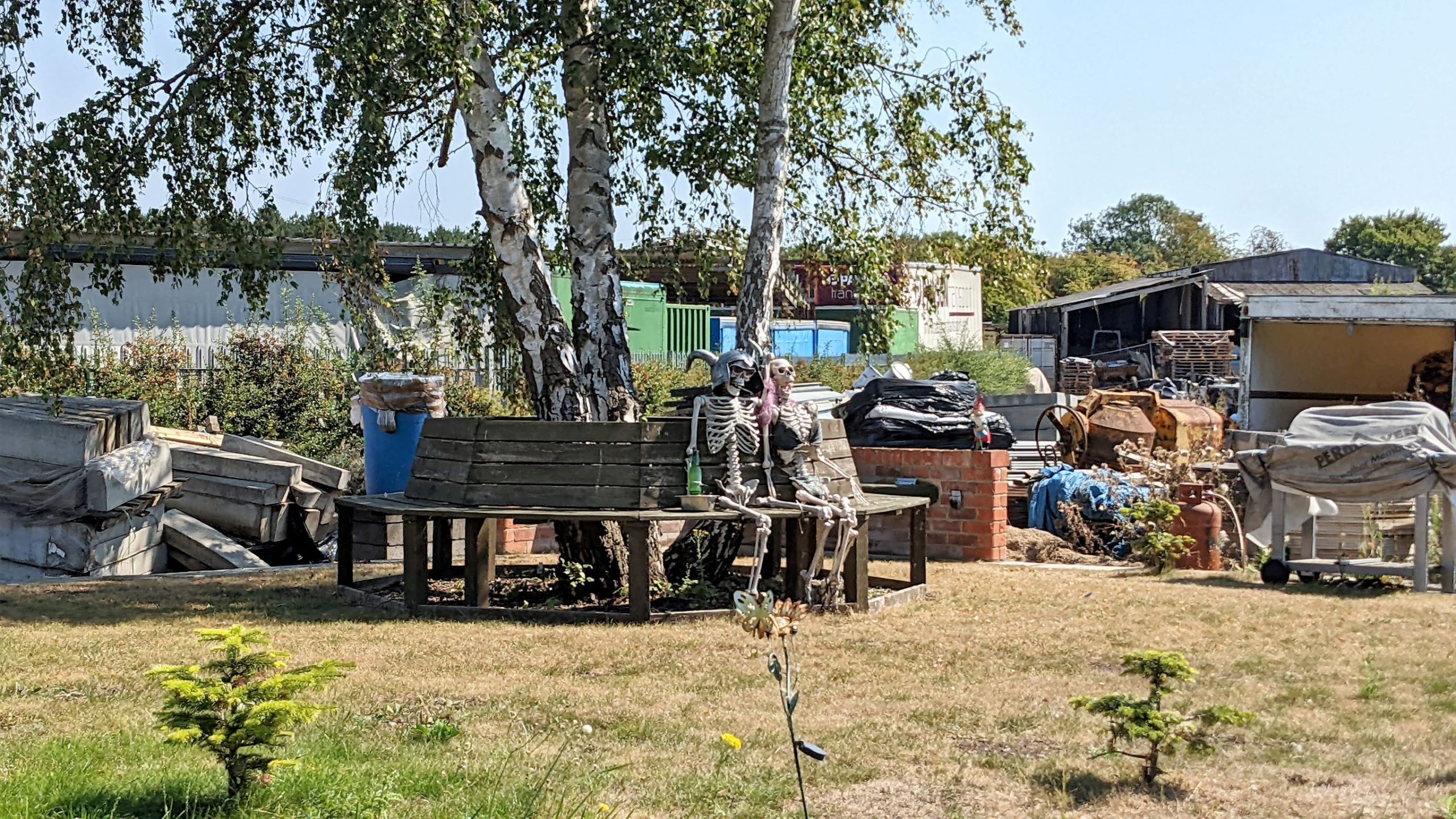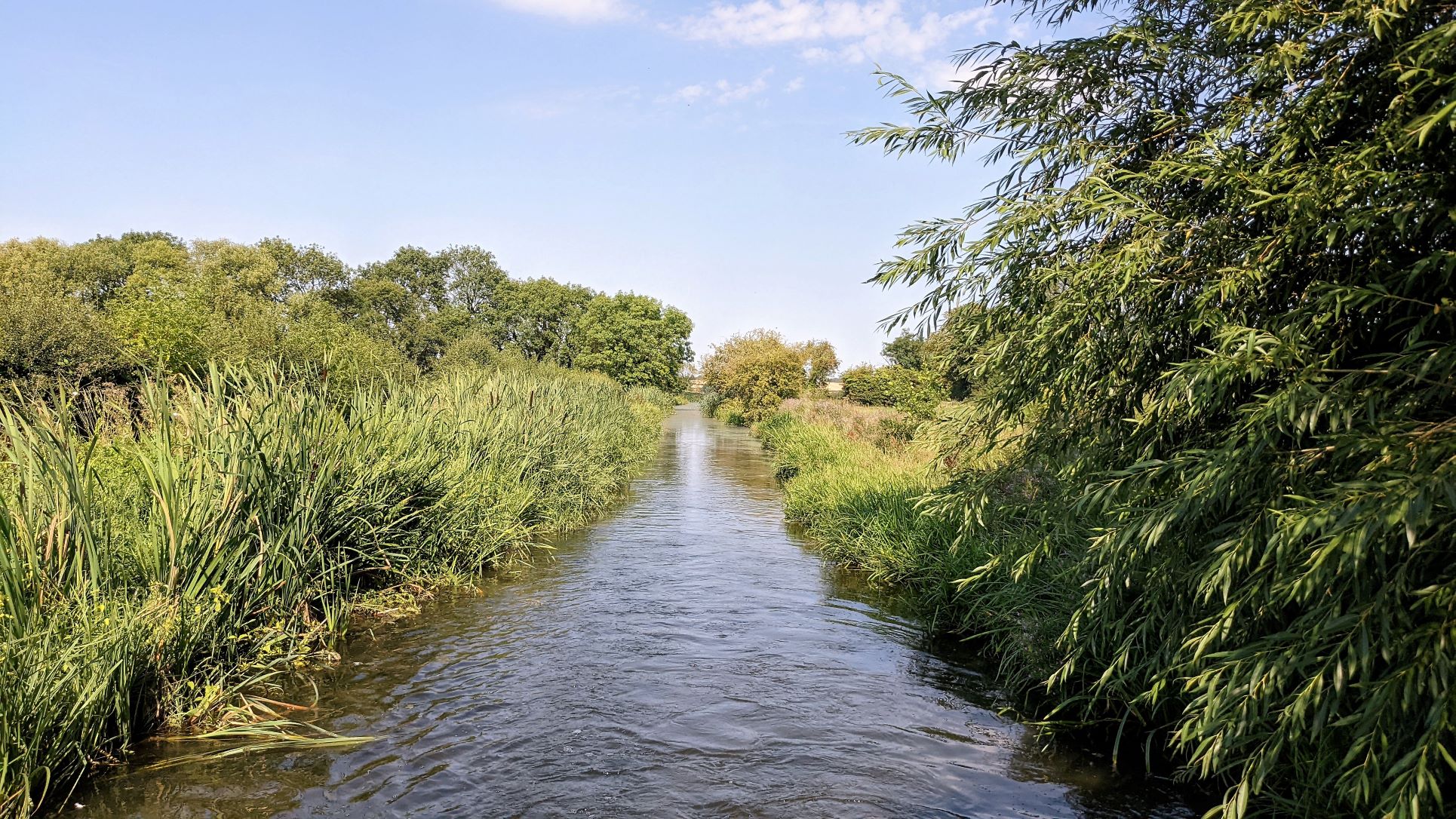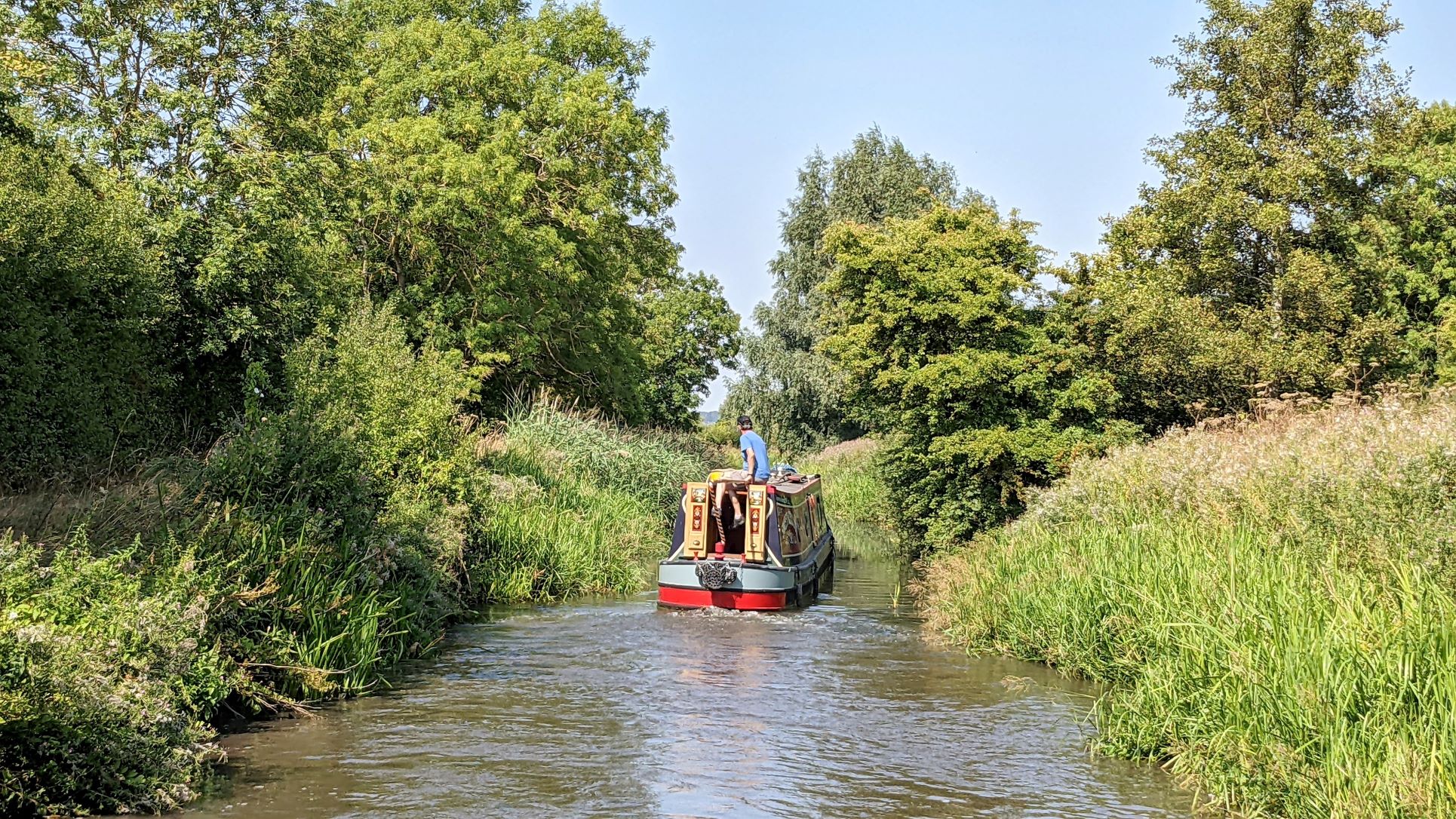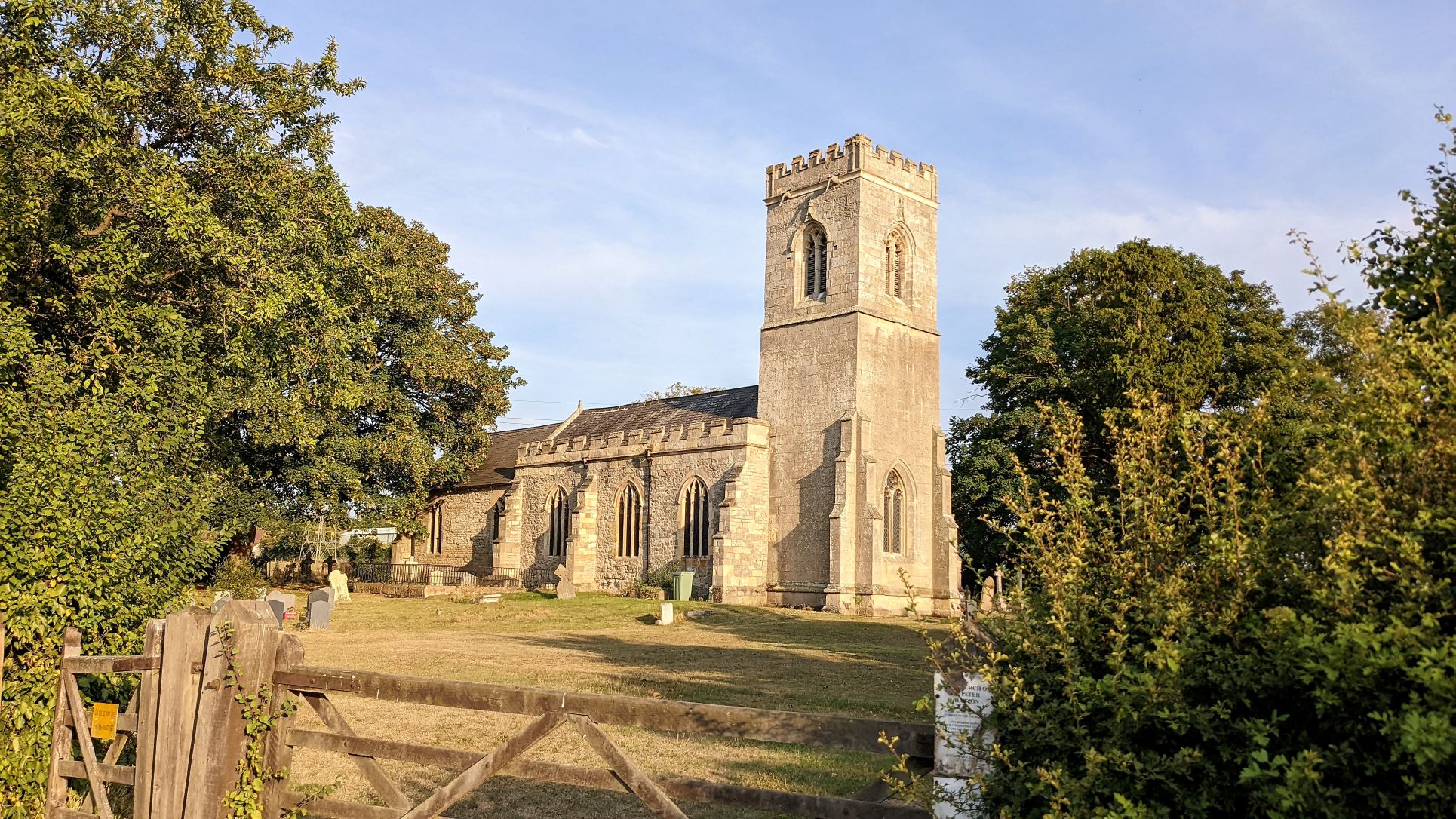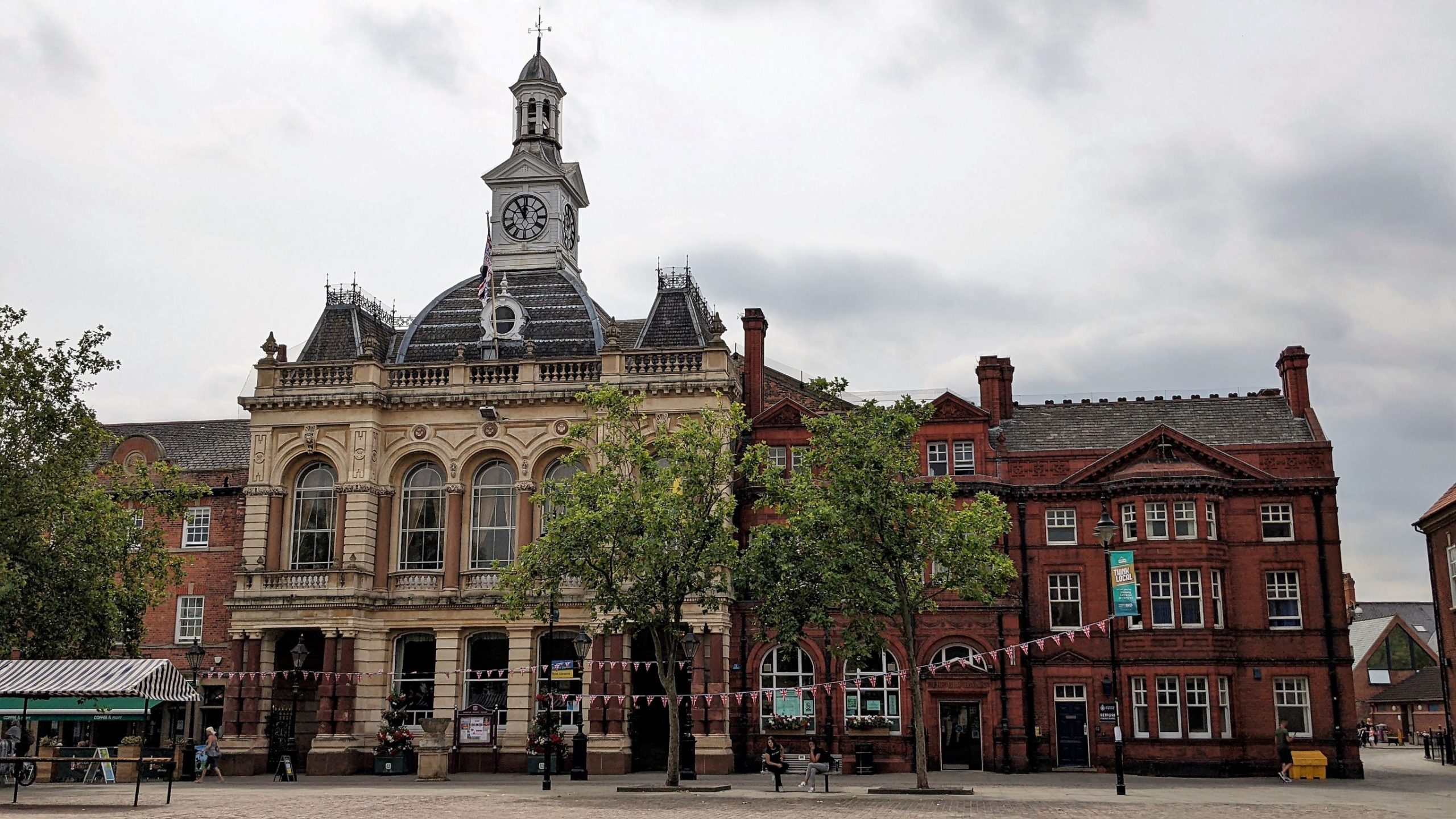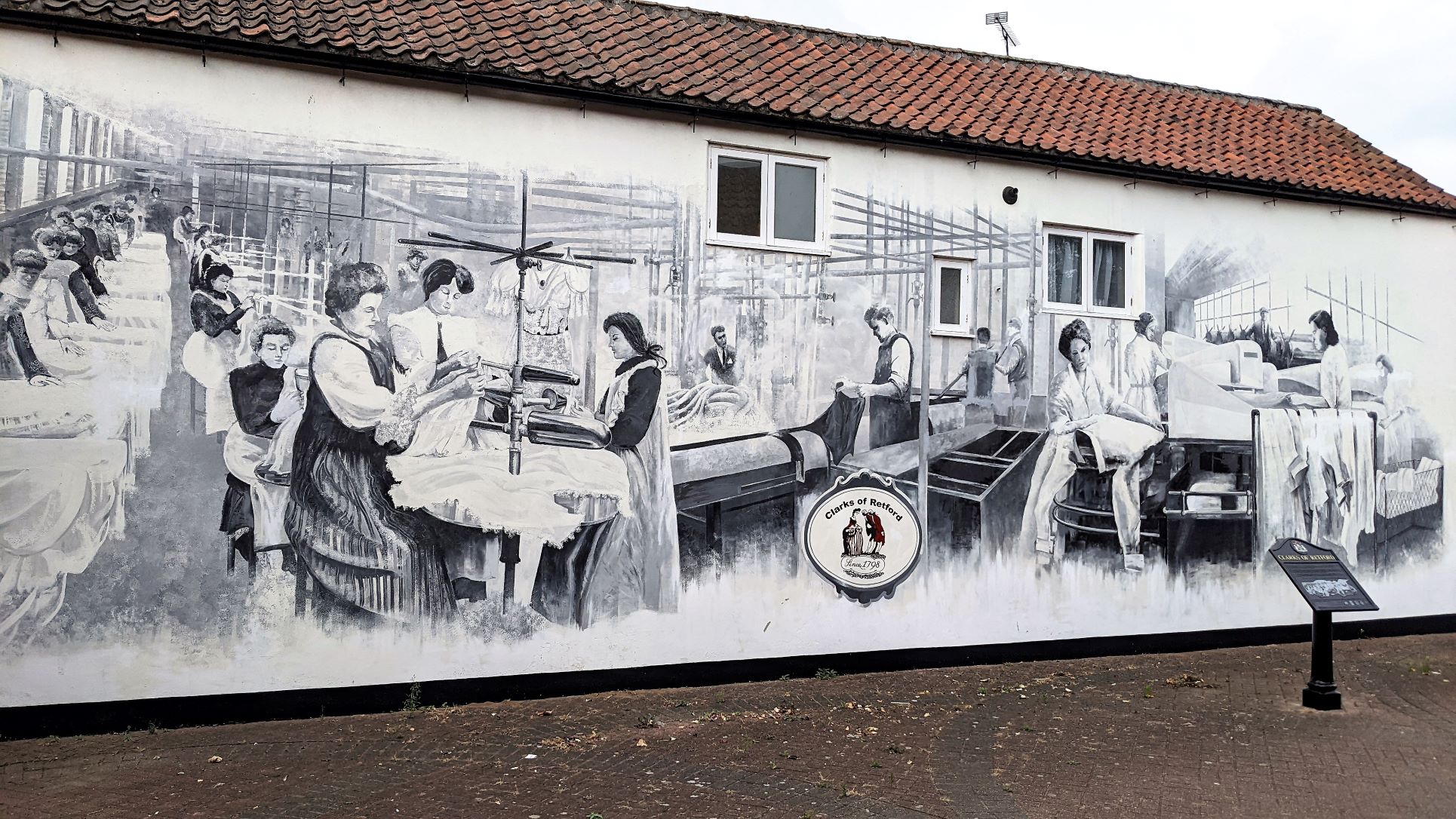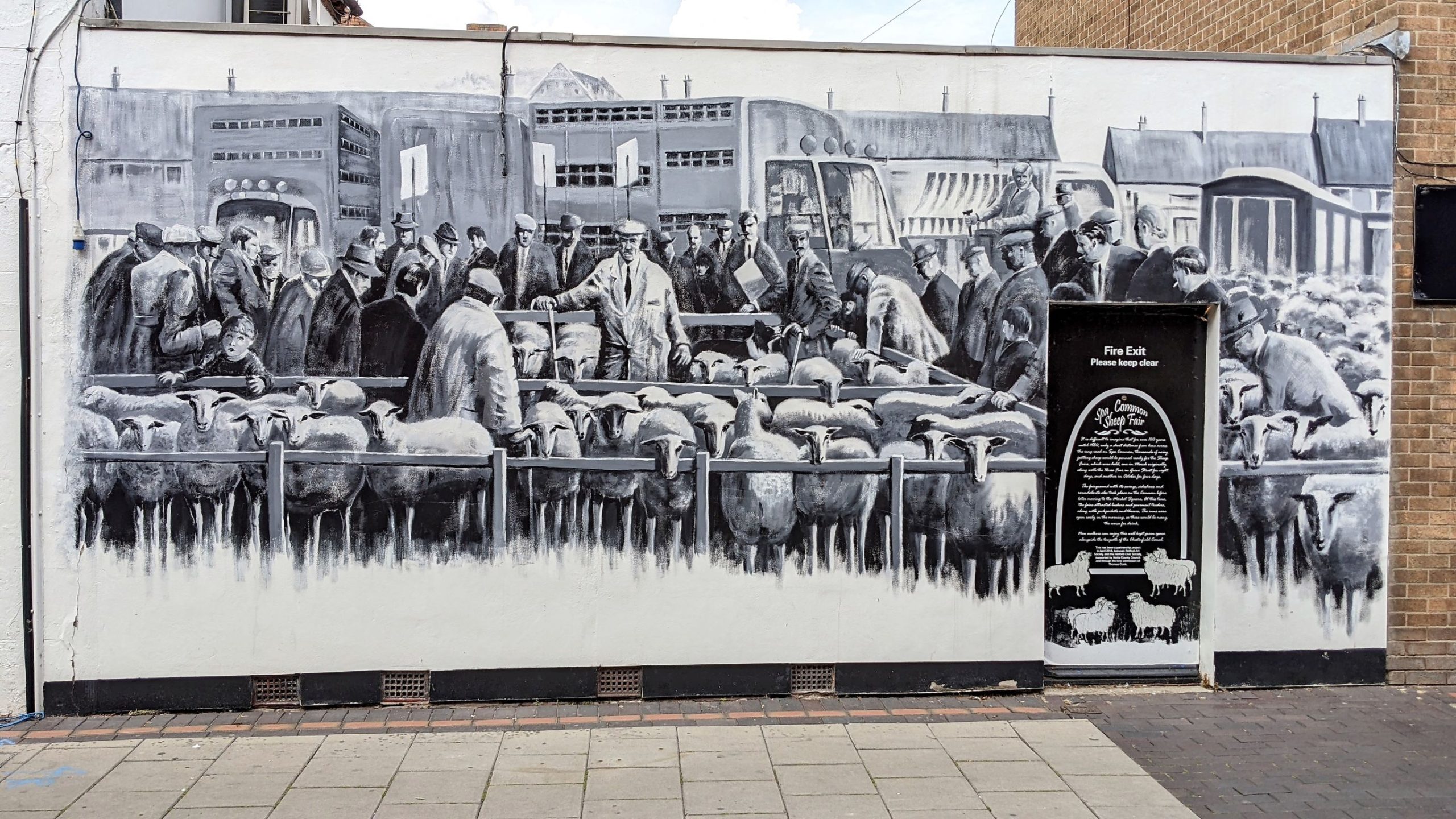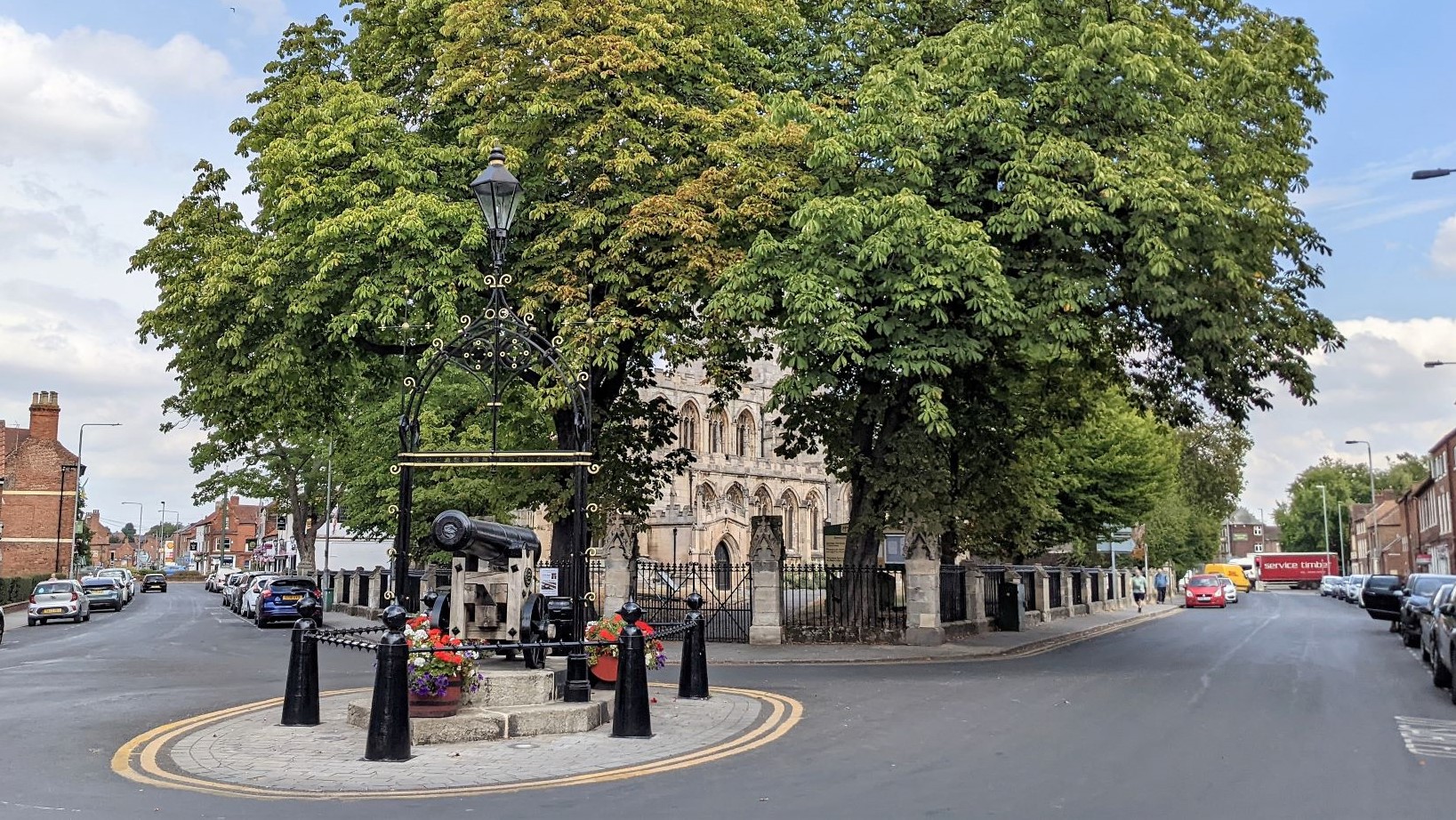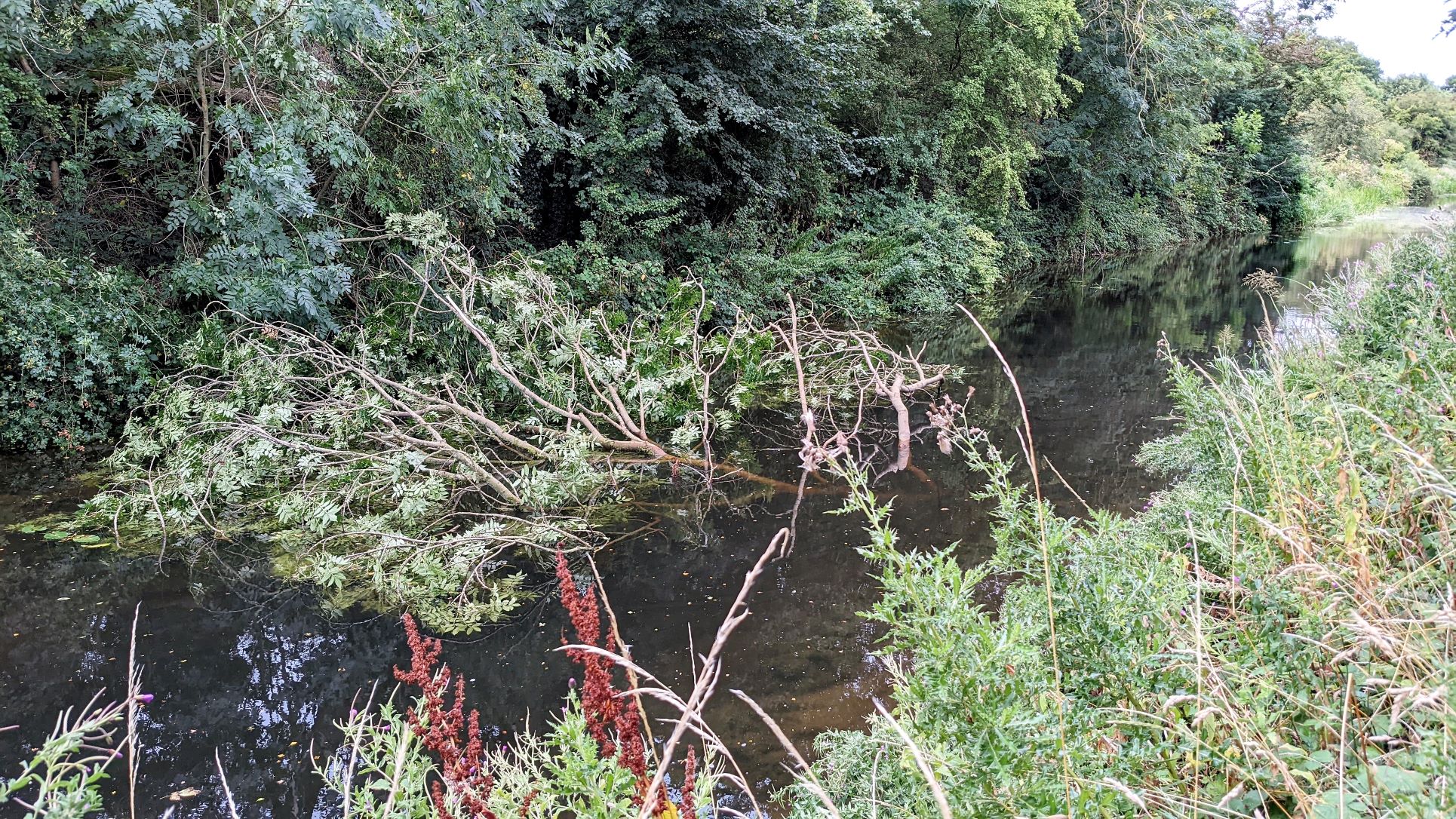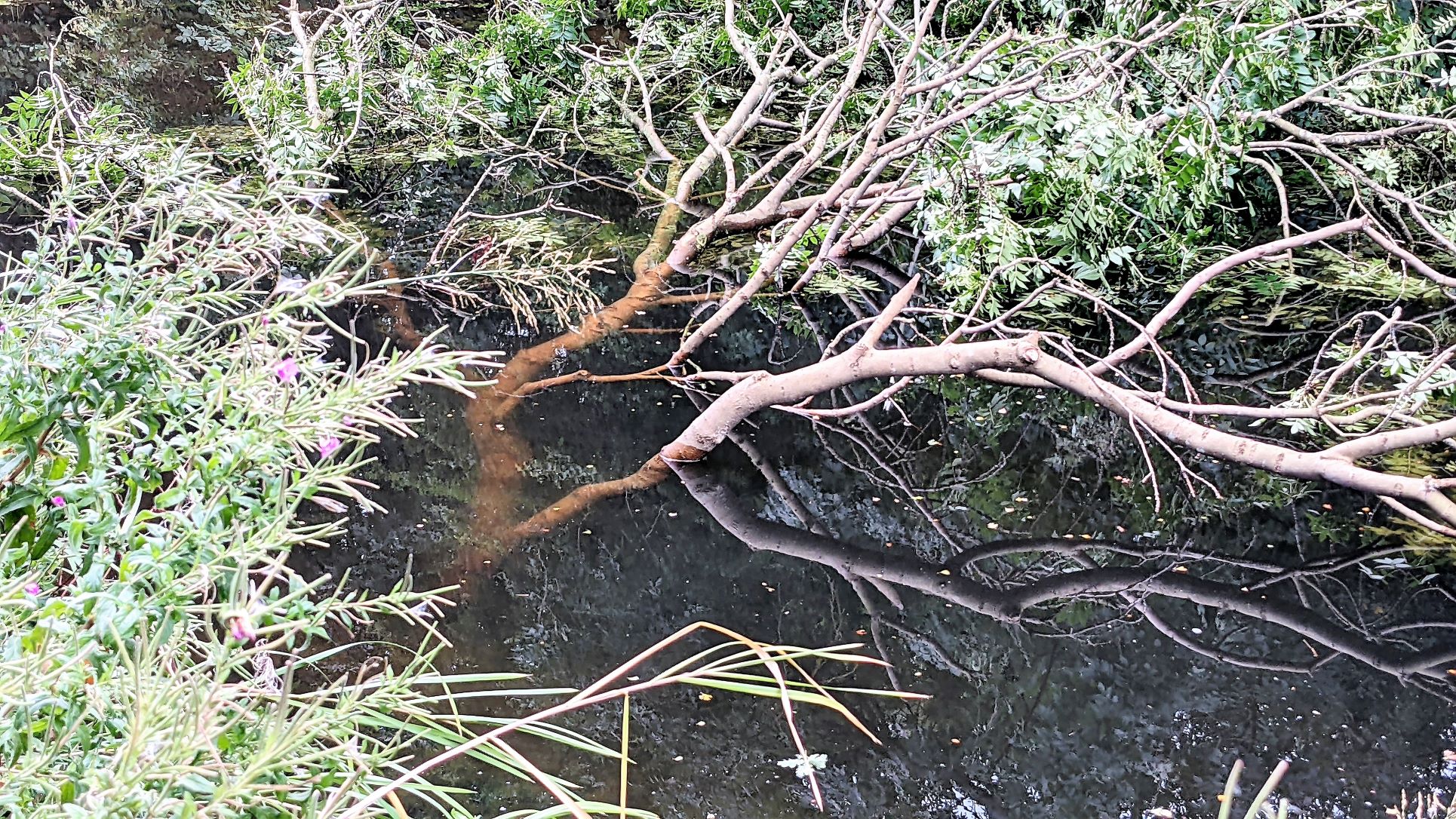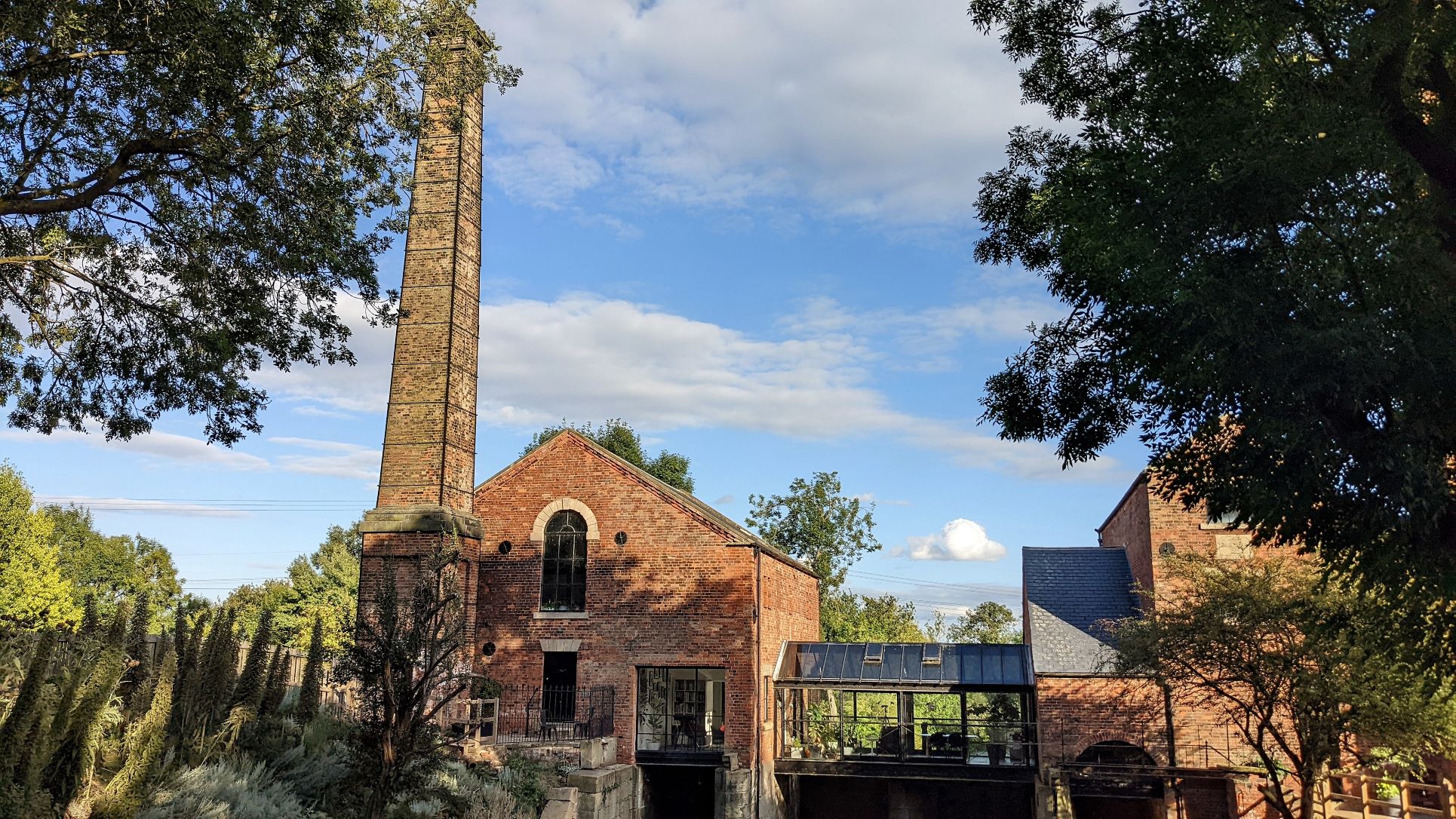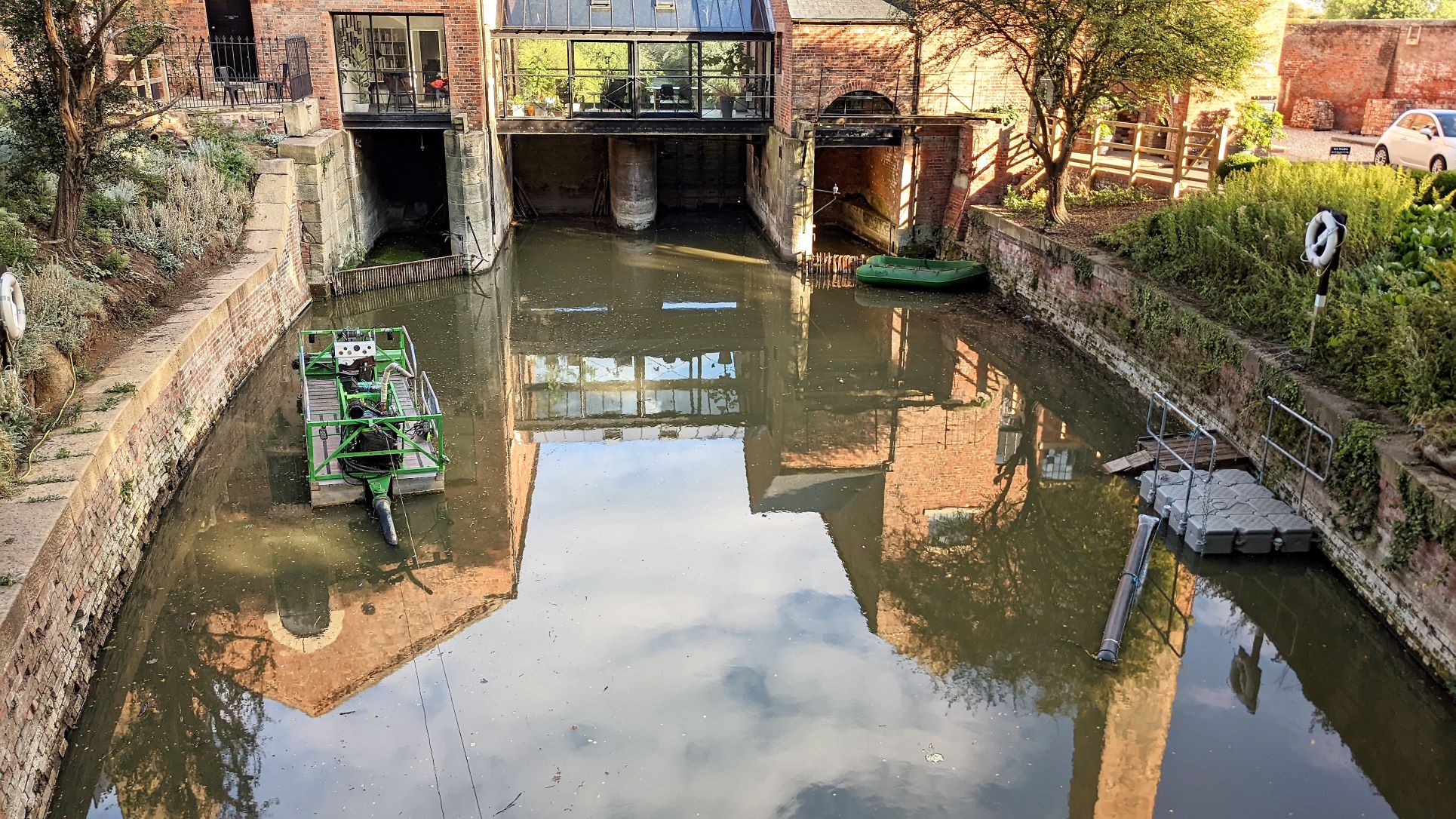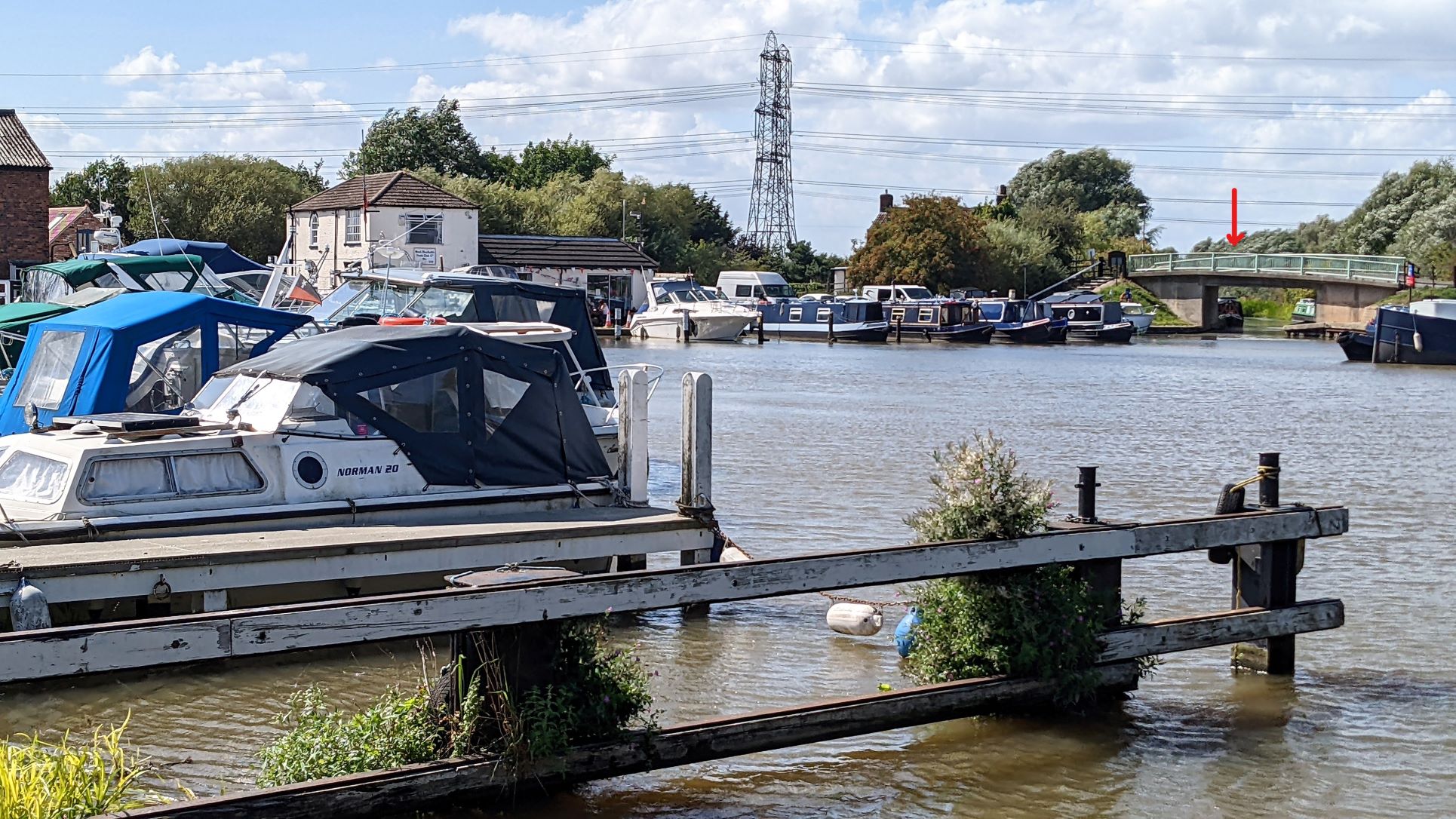The Chesterfield Canal
The Chesterfield Canal originally ran for forty-six miles east from the centre of the town to meet the River Trent at West Stockwith. It was known locally as the "Cuckoo Dyke" and the cuckoo theme continues to be found a lot. A key point in its decline was the collapse of the Norwood Tunnel in nineteen hundred and seven, due to subsidence related to the mining industry, which left the western end of the navigation isolated. Although some trade continued on the eastern section from Worksop to the Trent it was a typical story of falling volumes and steady degradation and the canal was officially closed in nineteen sixty-one. Campaigners fought for its survival in the nineteen sixties and formed the Chesterfield Canal Society in the nineteen seventies, with the aim of restoring the canal for leisure use.
Today, there is a five mile section in water, from Staveley Lock to meet the River Rother on the east side of Chesterfield, which is managed by Derbyshire County Council. The eastern end offers thirty-two miles of navigable canal from the Trent to the eastern portal of Norwood Tunnel, managed by the Canal and River Trust. The efforts of what is now the Chesterfield Canal Trust are firstly focussed on 'the last nine miles' to link these two sections, although they have other ambitions too, which include linking up with the South Yorkshire Navigations.
For now, although isolated from the rest of the canal network, the eastern section offers decent scope to explore. We had a fixed date ahead of us but some time to spare beforehand, so we decided to leave the Trent at West Stockwith and go down the Chesterfield, at least as far as Retford, before turning back and resuming our journey down the river.
Back Out Of Torksey
We were booked to go out of Torksey Lock at about ten o'clock on the Glorious Twelfth. The weather certainly was glorious; blue skies, bright sunshine and enough of a fresh breeze on the river to help moderate the heat. We moved down to the service facilities by the lock landing about nine o'clock and I went to check in with the lockkeeper.
The trip down from Cromwell Lock had been quite straightforward and getting into Torksey Lock via a long, deep channel, out of the main current, had presented no difficulties, so we were fairly relaxed about the trip ahead. When I spoke to the lockkeeper, however, he asked me if we had been on this trip before. When I said "no" he asked me to wait and then taking me to his little office, he proceeded to draw me a diagram of the approach to West Stockwith.
This lock goes straight off the Trent at an angle, as you approach it from upstream. It has a sandbar just outside and the river shoals from the far side to about halfway across. We would be carried down by the ebb tide, with a strong current from behind us. Therefore, we would need to go past the lock, turn back against the current, force our way back upstream, being sure to stay at least a boats length from the bank and not be more than half-way towards the other side. We should then watch the Lockkeeper for directions as to exactly where to bring our bow towards the upstream side of the lock mouth. At his signal we would then have to apply full rudder and maximum throttle to turn the boat into the lock itself. All of a sudden, a pleasant cruise in the sunshine was beginning to sound like a major feat of skill and daring!
While we absorbed this new information, we moved into the lock and the keeper let us down to the channel below so that we could wait on the pontoon there until the tide was right, which he said we would easily see but should certainly be about ten-fifteen. We had no idea what we were looking for to know if the tide was right but convinced ourselves that at ten-fifteen we could see the water starting to go the other way, downstream, so we cast off and drove out of the protected channel into the main river.
We were certainly swept downstream, alright. The swirling water was exhilarating and even a little scary, at first but it was pretty much as we anticipated and we steadily became more comfortable with it. What we hadn't expected was the amount of large, solid branches and lumps of wood being carried down around us and often drifting across our path.
Apparently, this is quite normal and much of it has been floating back and forth out there with the tide for years. The debris thinned out a bit after a while and we adjusted to the conditions, following the navigation charts again to try and pick out the landmarks along the banks and veer back and forth around the sand banks and mud shoals.
Along the banks there seemed to an endless line of fisherman, all with elaborate arrays of equipment, which they could bring with them because, above each little encampment, there was almost always a white van of some description parked on top of the flood bank. This has to be why it is so hard to get a reliable tradesperson to do a job in a reasonable time. Instead of plumbing or tiling or wiring something together, they have all gone fishing. Presumably, they don't need the money they could make by working on a Friday.
The only town we passed on the way was Gainsborough. There is a floating pontoon there, underneath a very high wall and near the huge jetties to which the commercial freighters tie up. You can moor there and go up into the town but it doesn't seem to be a comfortable position with the boat left subject to the fluctuating tides and changing levels and it certainly wasn't recommended in any of the guides we use.
As instructed, we called ahead to the lock as we passed under the M18 road bridge, about half an hour before we would expect to reach West Stockwith. In all, it took nearly three hours to get there and start the series of manoeuvres required for entry into the chamber, which Paul, the lockkeeper, had empty and open ready for us. By now, the current was a little less fierce, so the turn was quite straightforward and driving back into it actually helped with the control. There seemed to be a very precise point in the lock mouth we had to aim for before getting the signal to go hard right and drive in. We made it in okay and the keeper gave us an eight out of ten for the effort so it must have been alright but you could certainly feel the current trying to push you in the wrong direction as you turned in and it would be easy to find yourself in the wrong place. Later I found this video of someone who clearly did know what they were doing: How An Expert Tackles West Stockwith - really something to aspire to!
As the lock lifted us up to the West Stockwith basin that was quite enough for one day. Paul pointed out some uprights protruding from the water on the other side of the basin, which he said we should tie up to. It was an odd arrangement with the stern on to the wharf and the centre line tied to a moving ring on the pole. With our configuration it was really awkward to get on and off the boat and could really only be done by stepping on to the boat next door. Still, it was only for one night, so we would manage well enough.
West Stockwith Basin
Stockwith Basin is a small pool with a range of features. Where we had been directed to moor, on the north side, there is a hire boat operator and it is unclear if all the berths there belong to them or not. Certainly, no-one challenged our presence there and as far as we could see, there was only one space on the official CRT visitor mooring by the exit to the west and that was already taken. Opposite us and to the east of the lock there were customer service facilities and a slipway, as well as a couple of what seemed to be long-term moorings along that side. The West Stockwith Yacht Club occupies the south side, just beside the lock, with a quite extensive clubhouse and moorings both in the basin, itself, and extending through the bridge, out of the basin and all along the offside of the canal for about half a mile. All in all, there is a lot going on in a tight space and it is hard to tell who is entitled to what exactly.
To the north of the basin, across the road, there is the Waterfront Inn with a very large caravan site behind it. On a hot, August Friday the site was already packed with weekenders and holidaymakers, so we could expect the pub to be pretty busy.
It was still only one o'clock when we arrived and very hot. I went for a walk down the canal towpath to the first set of locks at Misterton, a place Sue and I can't help thinking of as the home of the Mysterons. It is actually a rather nice village with decent visitor moorings, a Chinese takeaway and a large Co-op store with excellent air conditioning, as well as a decent pub. They also had a nice Jubilee mural on an apparently abandoned building between the Youth Centre and the Library.
Having had a stroll around the village I followed a footpath north and east towards the River Idle. This fast-flowing river is still officially navigable but with the huge sluices near the mouth of the river where it empties into the Trent, about three-quarters of a mile east of West Stockwith Lock, it isn't easily accessible.
It requires extensive advance notice to the Environment Agency who charge a considerable fee for each transit of the channel provided. These days, then, it is mostly about water management and drainage. There was a useful information board about the history of the area and the village right beside it.
Following the banks of the river brought me into the centre of West Stockwith village from where there is a good path along the bank of the Trent back to the basin.
En Route To Retford
Saturday morning surprised us with a thick mist over the basin.
That soon burned off for another blazing hot day and we eventually set out down the Chesterfield Canal. We had to negotiate our first couple of locks on the way. Recognisable as locks, they are still somehow unique. There were locks to undo on the paddles and they were wide enough for two boats, although it is a narrow canal. We were lucky in that "Enigma" had seen us coming and waited for us to arrive at the first lock. Then, although he stopped there, when we got to the top lock, "Gabriel" was just about to come down and let us come in before filling the lock themselves.
We stopped at Misterton and got some shopping, including some home-made pies from the family butcher there, so traditional that there was even a strict queuing system outside the shop on a busy Saturday morning - one in, one out. We carried on after lunch to a forty-eight hour mooring marked on the map at Walkeringham. We weren't yet confident as to how the Chesterfield was maintained but the mooring was there, with rings and otherwise unoccupied, in the middle of nowhere, so lovely and peaceful.
Our impressions of the first day on the canal were very positive. The countryside was beautiful,
with good views and a varied landscape, the water was crystal clear and we have never seen so many fish, of all shapes and sizes, on a genuine, man-made, canal.
The clarity of the water also exposed the amount of weed growing towards the light. There was a lot of it and more floating on the surface but we had not suffered very badly with it fouling the propellor, as some others had reported. I took Archie for a walk in the afternoon, taking in a stretch of the Cuckoo Way in a circuit round the farmland and back to the boat but it was too hot to go too far. On the way back down the towpath we passed the new marina being developed on the site of the old brickworks, which appears to have been in the works since twenty fifteen.
We only saw one guy working on it and it seemed likely to take a very long time to finish. Some local residents had clearly already found themselves waiting longer than they had expected.
Before we left West Stockwith, we checked with the lockkeeper on the tides for the next leg our trip down the Trent. Taking account of where we were due to leave the boat at the end of August, we made a booking to go back out of West Stockwith the following Friday, the nineteenth of August, at about two o'clock. Once we moored up, we also set about sorting out some of the admin for what was going to be our first trip abroad since both Brexit and Covid, as well as the war in Ukraine. With those things in the mix and the associated rise in the cost of living, we shouldn't have been surprised to find that everything was costing a lot more than we remembered. It was interesting to think how much harder it would have been to arrange things if we couldn't do it all online these days.
A much lighter mist on Sunday morning burned off very quickly leaving a hot, sticky day with nothing in the way of breeze to cool us off. We set off about ten o'clock and the shallow, narrow canal made for a rather slower pace than normal and an unusually long cruise for us of five and half hours.
It continued to be a very beautiful and peaceful canal and we hardly passed anyone all day. We only encountered a couple of locks on the way and passed through Drakeholes Tunnel, which is not long but has a very tight right angle turn to negotiate as you emerge from the southern portal. There are no villages or settlements on the way until you get to Clayworth, where the site of the Worksop & Retford Boat Club also hosts the CRT facilities for passing boaters. The club mooring starts well before a right angle turn and continues a long way beyond it. In all there are over a kilometre of boats moored here. We had been asking about getting diesel at West Stockwith, which houses a similar number of vessels. It seems there was someone who operated a small mobile bowser there but had given it up some months earlier. While we were filling up with water, I spoke to the club caretaker to ask where all these boat owners filled their fuel tanks on the Chesterfield Canal. Apparently, there really is now nowhere supplying diesel on the whole navigation. If you keep your boat there you have to fetch fuel in yourself, in jerry cans, filled at a standard roadside petrol station. It is always nice to keep the tank full but having established that, I was pretty confident that we had plenty to get us to the next place where we were sure we could fill up directly into the tank.
We carried on into the afternoon and finally met another boat, for the first time on this fine Sunday. "Sweet Charity" was coming towards us as we negotiated the steepest and narrowest cutting we had seen all day. There was an opening in the reeds on our right and we moved up and into it to let them past, only to find ourselves firmly grounded in the mud by the time they had come through. They were good enough to stop and see if we needed a tow but a bit of strenuous pushing and shoving with the twelve-foot barge pole got us moving in the end.
We were very close to our intended mooring at this point and really quite glad to get there and tie up for the day.
The place we had settled on was not our original choice. We had hoped to moor at Hayton, by The Boat Inn. When we got there, however, although there was a good wharf there, we found that there was no mobile signal at all and the pub was closed down, having left a rather cryptic message on their website thanking their past customers but regretting that the local community had not supported them enough. We moved on half a mile to the adjoining village of Clarborough where there was another mooring, this time with a decent signal, also by a pub. Sadly, this one, too, had long since closed and was in the process of being turned into a private residence. Not to be beaten, Archie and I took a walk down the towpath and across by Clarborough Church
to find the King's Arms on Main Street. On the way back we found a really nice park and wildlife reserve beside the canal immediately opposite our mooring. A great place to take Archie for a run in the morning.
Monday was another hot, airless day until later in the afternoon. We spent some of the morning doing maintenance and cleaning round the boat before taking Archie over to the park and then preparing to leave. We had pushed on to Clarborough on Sunday specifically to be a short run from Retford. We had quite a debate about whether we wanted to moor in the town, go through to get out of town and moor up beyond and if so, how far or whether to go in, turn round and come straight back out again. The real certainty was that we would want to stop at the Asda supermarket by the canal in Retford as we were running low on supplies. A lot depended on whether we thought Retford, itself, would be a comfortable place to stop or if it might be a town to avoid. We got going and covered the remaining three miles, passing through the charmingly named Whitsunday Pie Lock The legend has it that when the canal was being built the lady who lived at the cottage baked a pie and served it to the navvies who were building the lock and working on Whitsunday. Hence the lock was named this way. It sounds a good tale, though some maps showing a Whitsunday Pie Field pre-date the building of the canal.
We then had to get through Retford Town Lock, before mooring up outside Asda to do the shopping. At the Town Lock we found a trio of local boys who were clearly at a loss as to how to spend their summer holiday. They were cheeky and a bit silly, as well as seeming strangely ignorant about the lock if they did live nearby, as seemed to be the case. They didn't seem like any kind of threat, however, and the place itself didn't seem as run down and derelict as we had thought it might.
While Sue was getting the shopping Archie and I had a look at the mooring options ahead and it seemed as though we could moor on the aqueduct above King's Park. Having got the groceries on board we decided we would go on up through West Retford Lock, just around the corner. Through a bridge, just above that, was a winding hole, so we would turn around there and come back to moor on the aqueduct. The winding hole was so close that we decided we could just leave the top gates open and come straight back in again. Of course, having seen no boats moving at all for the whole day, it was only to be expected that "Enigma", with whom we had shared our first lock on the Chesterfield, should round the bend below, just as we were about to leave at the top. He would, of course, want to close and empty the lock. We explained what we were planning and he was kind enough to offer to wait until we had finished our manoeuvre. However, we have long learned that winding is something best done in private and without an audience so, instead, we helped him through the lock and on his way before proceeding. Unobserved, we accomplished the turn with relative ease, dropped back down through the lock and settled in on our mooring.
Retford & Back Again
Retford is only halfway through the Eastern section of the canal. Beyond there are another nine or ten miles of attractive countryside canal before you reach Worksop. Through Worksop and just the other side are thirty-three of the forty-five locks along this end of the canal. The word on Worksop, itself, was: "Don't stop, put your head down and go straight through!". While we have often found warnings about specific places to be exaggerated or even just plain wrong, the message here was very clear. We didn't have time to find out for ourselves on this trip but perhaps we will on a future cruise.
We knew nothing about Retford and the name itself didn't sound all that attractive. Having a good look round that evening and the next day, however, we found it to be quite a pleasant place. The aqueduct on which we were moored carries the east-west canal over the River Idle, which runs from south to north through The King's Park below. The park was an excellent amenity. The informal area of the park to the west of the river has a children's play area with a pirate themed water splash park and a performance area, a wildlife garden, a skateboard park with a multi-use ball court and large open green spaces surrounded by mature trees and a woodland area. The river separates it from more formal grounds and gardens that lie to the east and behind Asda and they, in turn, lead through to the town itself.
Exploring beyond the park the following day we found Retford to be quite a nice town. It has had a Royal Charter since the thirteenth century and lays claim to having been the place of origin of at least some of the non-conformist pilgrims who sailed for the New World aboard the "Mayflower" in sixteen twenty. We picked up a Heritage Trail from the community hub and followed that round in the morning, after a coffee in the large Market Square, which is at the heart of the place. It houses the rather grand Town Hall and the Police Station next to it.
Unusually, rather than being moved to modern premises out of town, this still functions as a Police Station today.
Other buildings around the square had clearly been banks but were now available for let or being refurbished. The town's prosperity owed a lot to the Great North Road running through it and there are a number of coaching inns around the square as a result. Two other prominent features of Market Square are the Broadstone, probably once the base of an old parish boundary cross and the war memorial. The latter is topped by a lantern that is lit each evening and kept burning until dawn. As well as the names of those who fell the memorial lists the principal actions in which they died and the distance of each from the war memorial in miles.
Generally, the town centre was an odd mix of prosperous, fashionable shops and boutiques and rather run down, dilapidated businesses and charity shops. The trail took us around a range of interesting times in Retford's history and its architectural features. One piece that stood out was the Clarks of Retford Heritage mural.
Clarks of Retford were a textile dyer, founded in the town, that expanded, over nearly two hundred years, to include laundry and dry-cleaning services, with over a hundred outlets and eight hundred employees.
A similar mural was found, not far away in Spa Road, which celebrates the famous Retford Sheep Fair that was held just across the ring road on Spa Common for over a hundred years, up until nineteen-eighty.
Another impressive souvenir was in Cannon Square. A two-ton, twenty-four pounder, captured at Sebastopol in the Crimean War in eighteen fifty-five, is the cannon that gives the square its name.
It was purchased from the Admiralty in a sale of captured ordnance and brought to Retford in eighteen fifty-eight to celebrate victory. During the Second World War it was in danger of being swept up in the drive for scrap metal to aid the war effort. It was saved by a local Alderman and mysteriously spirited away to remain in hiding until the end of the war. Restored to its previous site in nineteen fifty, mounted on a new wooden gun carriage, it has remained there ever since, forming a small roundabout.
We finished the tour and found ourselves outside a real, old-fashioned caff, wreathed in cigarette smoke, with a strictly cash-only policy and within yards of three separate building sites. I'm not sure why we chose to eat there but there was a table on the pavement, so we only had to actually go inside to order. It took a while to get out to us but, actually, the food was pretty good and it was certainly cheap. We still had to collect a parcel from the local post office, where it appeared to be rush hour, before heading back to the boat. We had decided to move back to Clarborough, where we had spent Sunday night. Before we left, just to be sure, I emptied our jerry can into the tank and filled it again at the Asda petrol station beside the canal.
Back at the forty-eight hour mooring at Clarborough, "Otters Pocket" was still in situ and had been joined by "Meander" but there was room for us between them and they helped pull us in, so we were all tucked up, just in time, before a series of heavy thunderstorms set in for the evening. "Land of Green Ginger" was not so lucky though. They arrived in pounding rain and only just managed to fit half on the end of the mooring.
Cruise, Interrupted
On Wednesday seventeenth August, after a very wet night, it felt very different, grey and cool with a fresh wind. We wondered if this signalled that the weather was finally breaking down but it did stay dry all day. We had a very simple plan. We would moor up just before Drakeholes tunnel this evening and then move on to Misterton for Thursday night. There we would indulge in a Chinese takeaway and be well placed to reach West Stockwith on Friday morning, ready to leave on the tide at around two o'clock.
It was only about two and a half hours cruise today but we took it slowly, passing "Water's Edge" in the narrow section but without incident this time. As we reached the boat club at Clayworth, we passed a couple of boats coming the other way who warned us there was a tree down at Gringley Lock. As always, the messages shouted over the sound of both engines were a little muffled and detail was sparse. The lock was the other side of our stop for tonight, so we carried on and got moored up before the tunnel. "Meander" had left before us and was there when we arrived at around two-thirty. They gave us a bit more information that the canal was definitely blocked. We walked up around the tunnel and towards Gringley Lock, a mile and a half beyond it. Sure enough, about halfway to the lock, we found the obstruction.
It wasn't a giant redwood but it was right across the cut which, at this point, had a steep bank about ten feet below the level of the towpath. There were no bridges or crossings between the tunnel and the lock, so the site was about as far from road access as it could be. On the other side it was worse, with a steep, thickly wooded embankment, twenty metres high in the middle of nowhere. We considered whether we had any options to just pass it by but concluded that we would risk damage to the boat trying to force our way past. If we then failed, we would be unable to go forward or turn to go back and would have no access to anything, a far worse position than where we were currently moored, back at Drakeholes. We retreated to the boat to review our situation and call the CRT. By now, of course, they were closed for non-emergencies so we could only leave a message. Just across the road from the moorings at Drakeholes was a pub and we thought we could at least go and get a drink there. Sadly, it was closed and any information about if and when it was ever open seemed sparse and contradictory.
Looking at our journey ahead and the one place we would have to be at a given time, there was plenty of slack in the schedule, perhaps a week or even more. A large part of our narrowboat lifestyle is about taking it easy and moving slowly, stopping whenever we want, for as long as we want and dealing with whatever we find along the way. Why then, as soon as it seemed possible that we may not be able to move on exactly when we wanted to, did we suddenly feel trapped and uncomfortable about it? A lot of Thursday was spent trying to find a way out of or round the problem, without any real success. I spoke to CRT first thing in the morning and while they didn't have any incident open on the blockage from the day before, they were quite responsive asking me for the exact location and ringing me back to get photos of the site, to save waiting for someone to get there and then report back. Unfortunately, the signal here was pretty poor and it took ages to get those through to them. Archie and I walked down to the fallen tree again and on to the lock, before we came back across the fields to the north, but I couldn't see any way of moving or bypassing it on our own. Back at the mooring another boat arrived. The "Robin Hood" was a hire boat from the Chesterfield Canal Boat Company in West Stockwith with a family party on board who were due back up there the next day. A little later, the owner of the hire company turned up and talked about getting access to the tree and maybe bringing a chain saw but we didn't see him again that day. What we did see, as we waited out the afternoon was a steady stream of classic cars arriving at the pub for a car show that evening. The people attending were parked all over the place but it did mean the bar was open, so we went across for a drink before dinner. There didn't seem to be any more to the car show than people wandering around the car park, although I am sure there must have been more to it if you were an aficionado. For no apparent reason, it did mean that they would only serve drinks in plastic glasses, so we had one drink and headed back to the boat.
Setting out for Archie's morning walk on Friday we met one of the merry men off "Robin Hood", returning from an early survey of the fallen tree. Gene declared his determination to take the boat up there and try to get through, so I offered to come up and help if he wanted to try it. I wasn't about to put "Parting Shot" at risk but if he wanted to try and plough through with a hire boat, I was happy to try to lend a hand. He got the boat up there and started to cut branches off, hanging alternately from the bow of the boat and a bough of the tree. Considering that he appeared to be armed only with a small, folding, garden pruning saw, growing steadily blunter as the work progressed, Gene did very well. He had one of his crew, Steve, on the bank with me and together we were able to use a rope to pull back limbs to be cut and then drag them out of the water and up the bank. In the midst of all this activity CRT arrived; an experienced banksman and an apprentice, who had walked down from their van parked at Gringley Lock carrying absolutely nothing. Having expertly surveyed the scene, the foreman determined that some sort of cutting implement would be required and so they set off to walk back to their van and return with a telescopic pole saw. Meanwhile, the work under way from the bow of the "Robin Hood" continued, although it was already clear that one branch in particular, dug deep into the mud under the bank, was going to be very difficult to shift with a hand saw that was, now, no sharper than a butter knife. CRT returned and the pole saw, now it had arrived, turned out to be very effective indeed, being easier to position and very sharp. Just twenty minutes later, with enough space for a boat to safely cruise past, they felt able to claim victory, although they had contributed an eighth of the work required to achieve that
"Robin Hood" steamed through triumphantly, while I headed back to Drakeholes to fetch our own boat. That wasn't the last we saw of them, however. They had stopped for lunch when we came through and then they passed us again where we had moored up for the night at Misterton. We had already had to re-book our passage out of West Stockwith Lock and into Keadby Lock, two or three hours downstream, for Saturday's tide at three-thirty, so the delay was really minimal.
Once tied up in Misterton, we went for a walk down the Idle and came across an interesting development of two pump houses, sited either side of the "Mother Drain", part of the fen drainage system for the area.
Built in eighteen twenty-eight and eighteen thirty-nine they were known locally as Ada and Kate, after the steam engines that each housed. This reminded me of how we used to name the mainframes at Legal & General, the main production engines being STAN and OLLY. Sadly, there is no room for such whimsy there these days. The pump houses had been converted for residential use in nineteen ninety-four but Ada was now being developed as a holiday let and a lot of work seemed to be in progress to restore and tidy up the channel between them.
We had missed out on our Chinese takeaway plan the night before but in Misterton, itself, we were able to get a drink, in actual glasses, in The Red Hart, a proper pub and then pick up Friday night fish & chips from the Misterton Chippy.
We took it easy on Saturday morning, not wanting to arrive at the West Stockwith basin too early and have to mess about mooring up to those poles again. I took Archie for a walk and Sue went up to the Co-op and the local delicatessen and then settled down for an excruciating hour with O2, following our sudden realisation that we were about to exceed what we had thought would be a more than generous data allowance. Our experience on the Chesterfield had been that O2 seemed far more reliable than our Unlimited EE data plan and so we had relied on it more than we normally would. Adding more data turned out to be rather more complicated than one might have imagined in this data age. It eventually resulted in our having to take out a new contract to avoid having to pay a fortune per Mb until the rollover date or rely solely on one provider. With that resolved and the wind rising steadily, we set out at about one o'clock for the very short trip to West Stockwith. We passed one other boat that seemed to be taking an age coming up Misterton Low Lock and which turned out to be "Maid Marian". They were accompanied by the hire company owner whom we had met with "Robin Hood" at Drakeholes. The delay was him giving their large but inexperienced crew on the job training in handling the locks. It cost us a few minutes but on the other hand, saved us doing any of the work. Having got through there, we pulled up at the water point just before the bridge through to the basin and used the various services there, while we waited for the lock keeper, who had been called away to deal with another fallen tree.
Thankfully, however, he kept in touch by phone, returning in good time for the tide, as promised.

